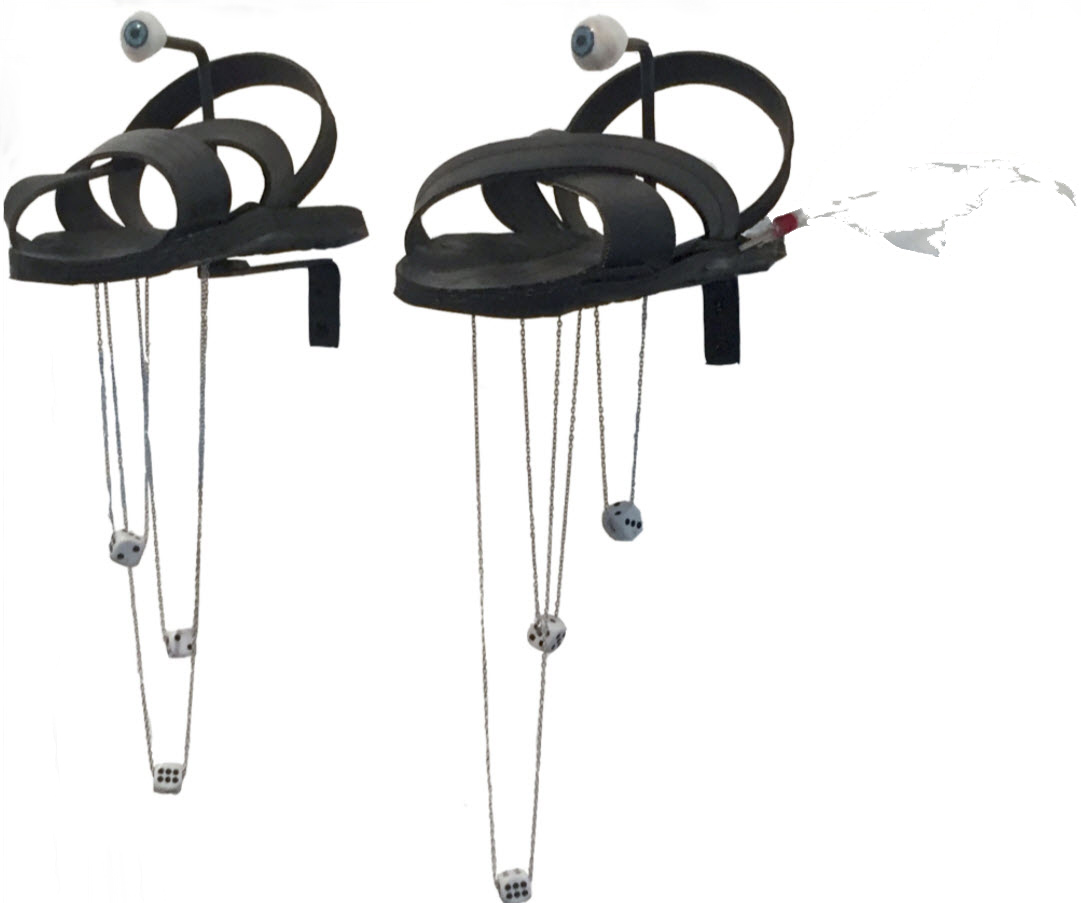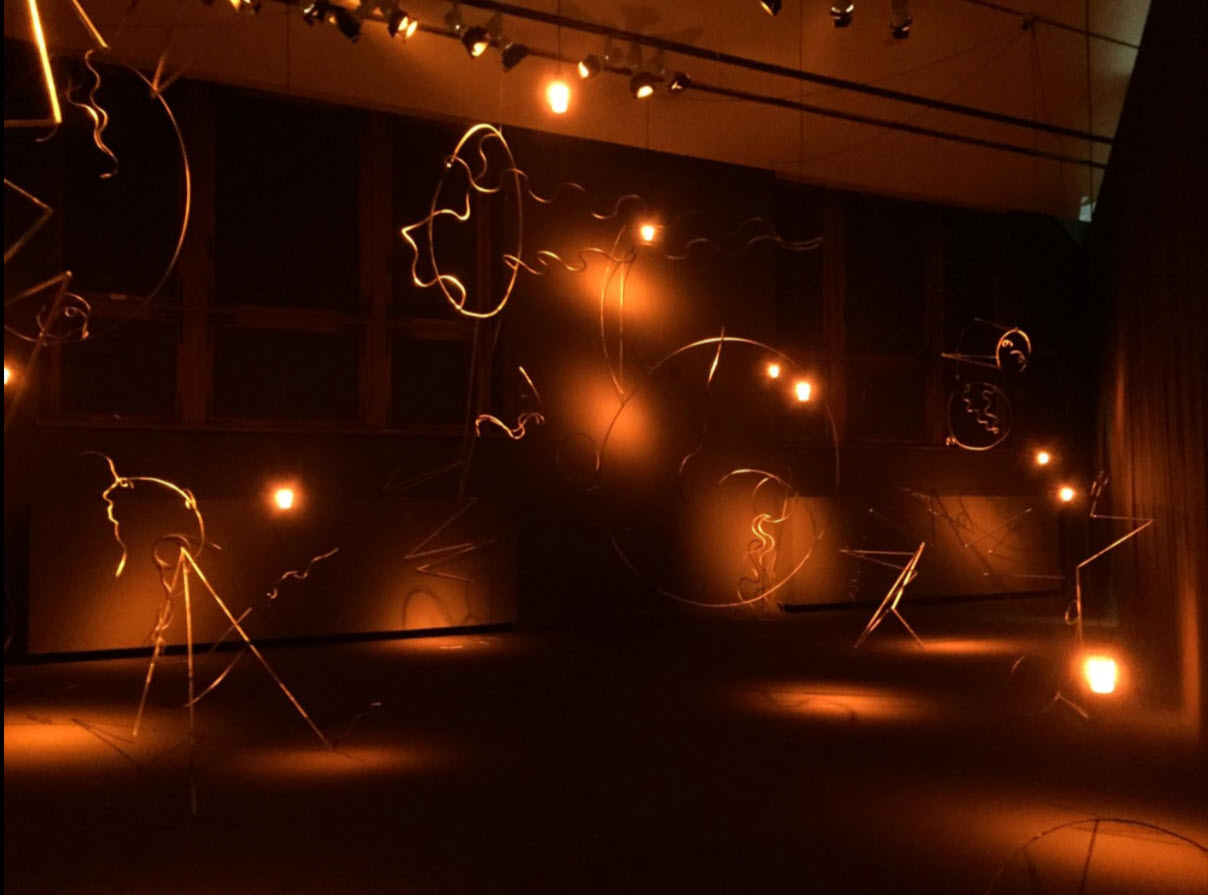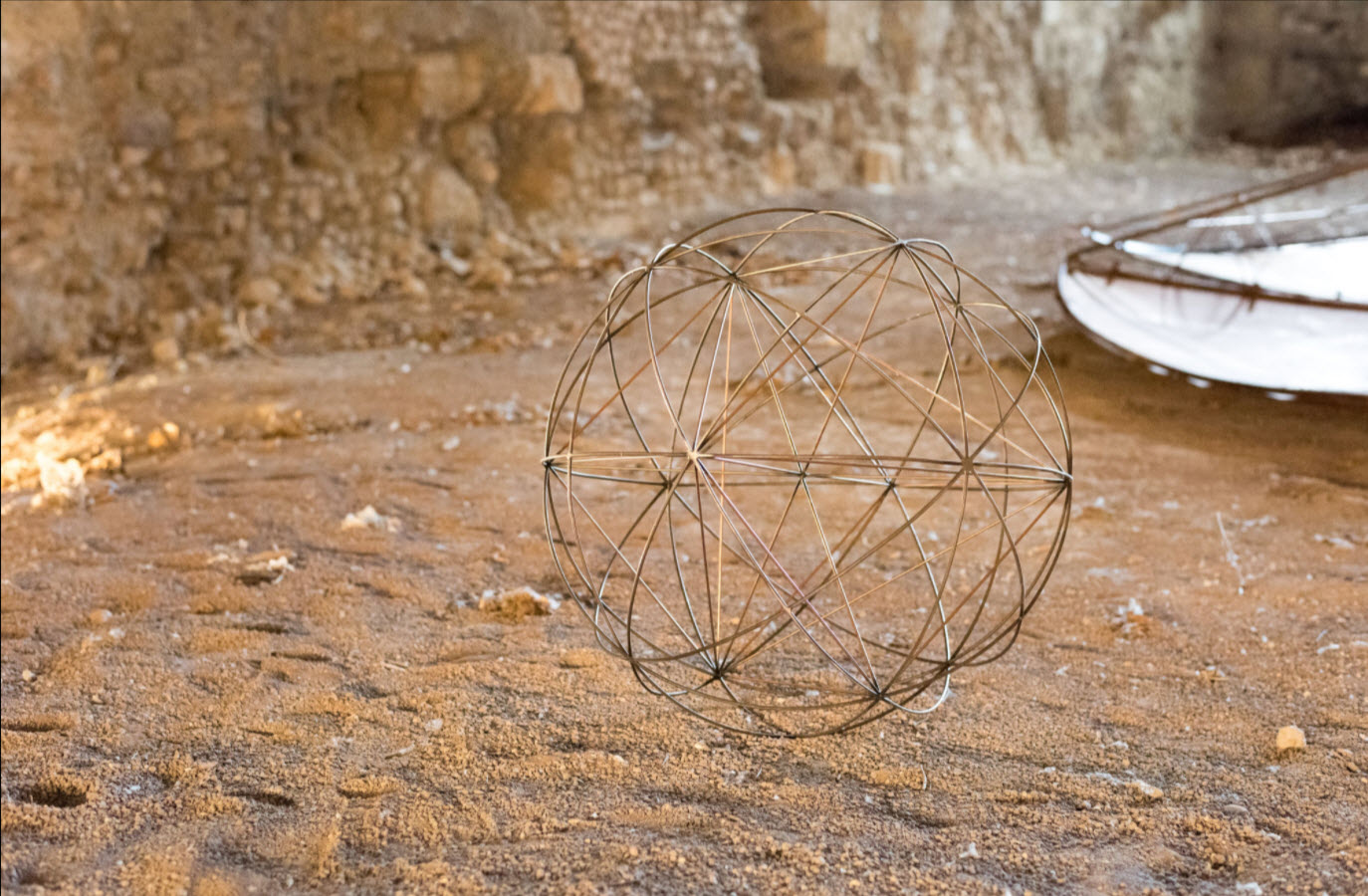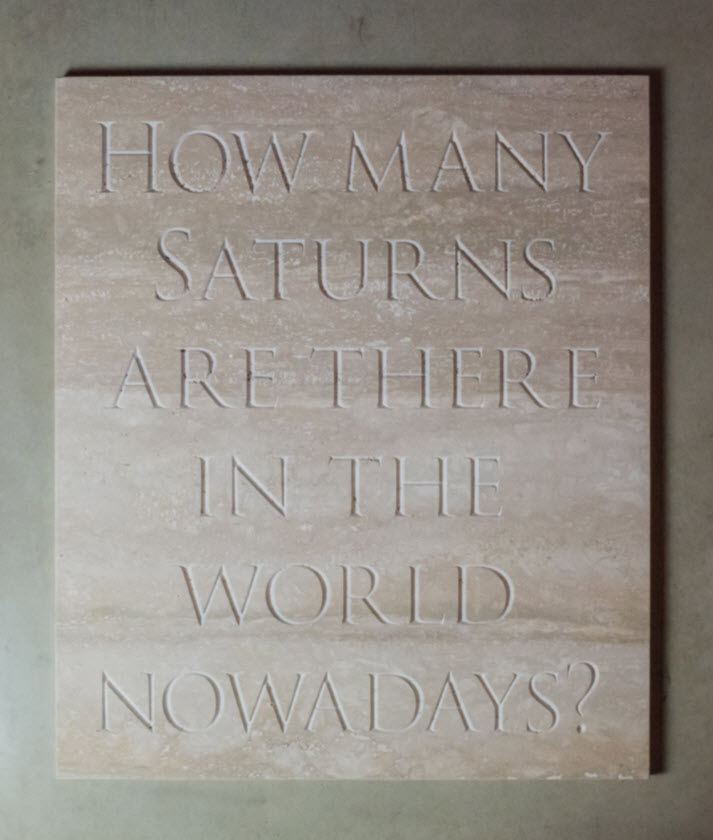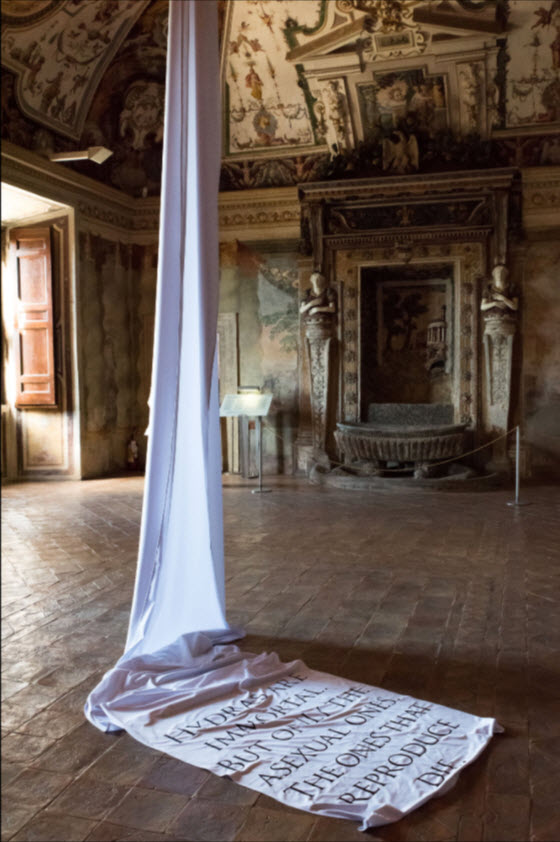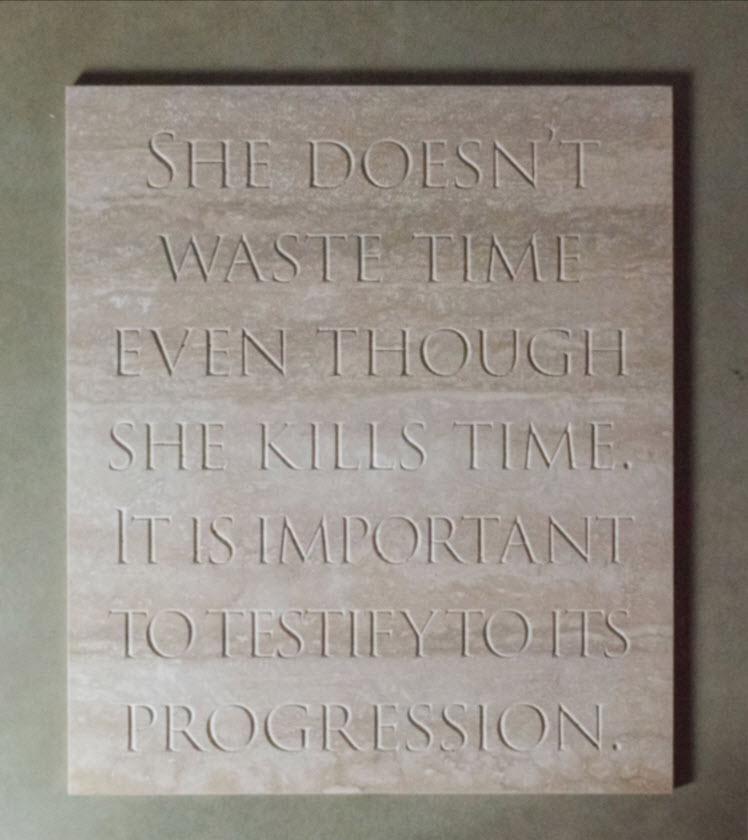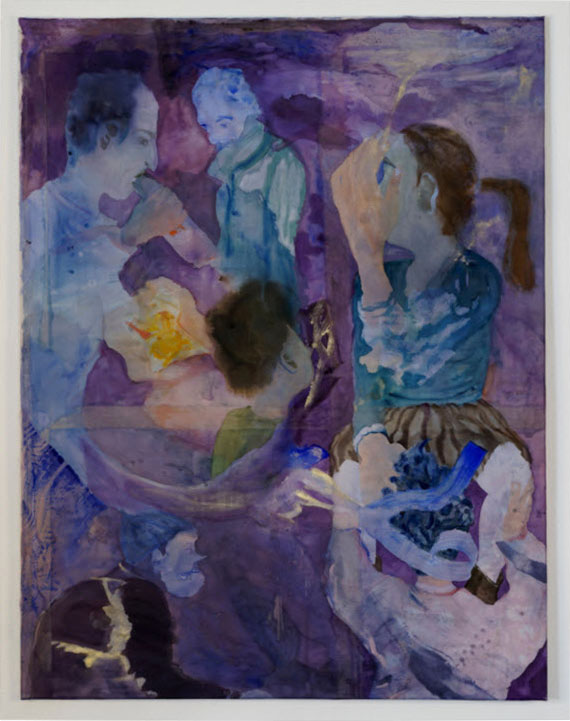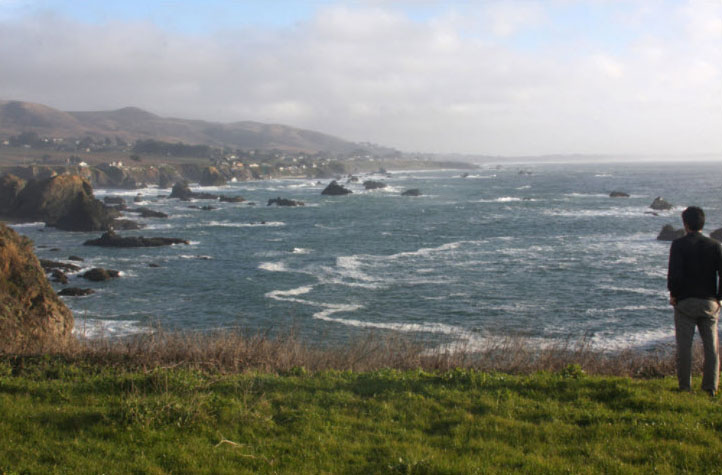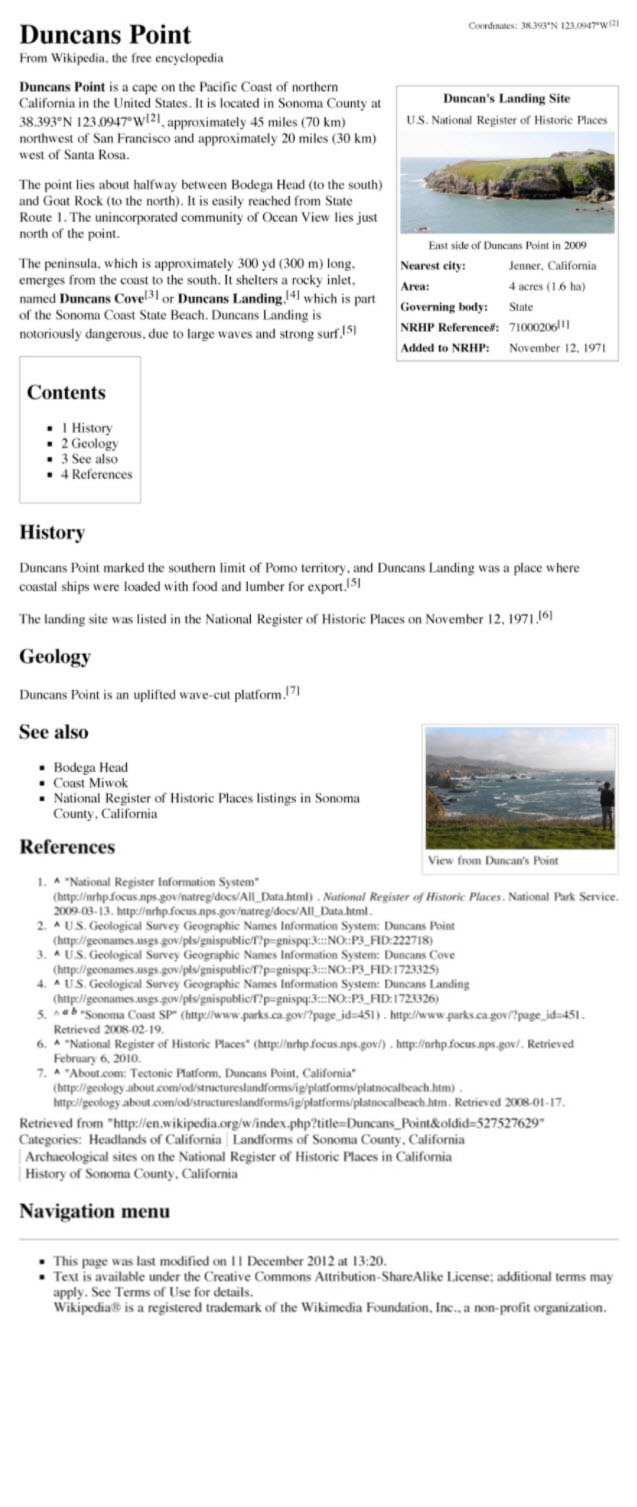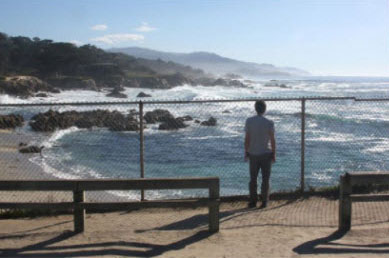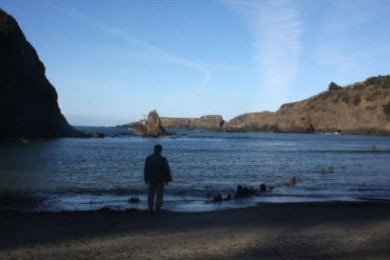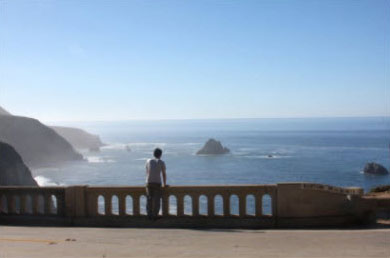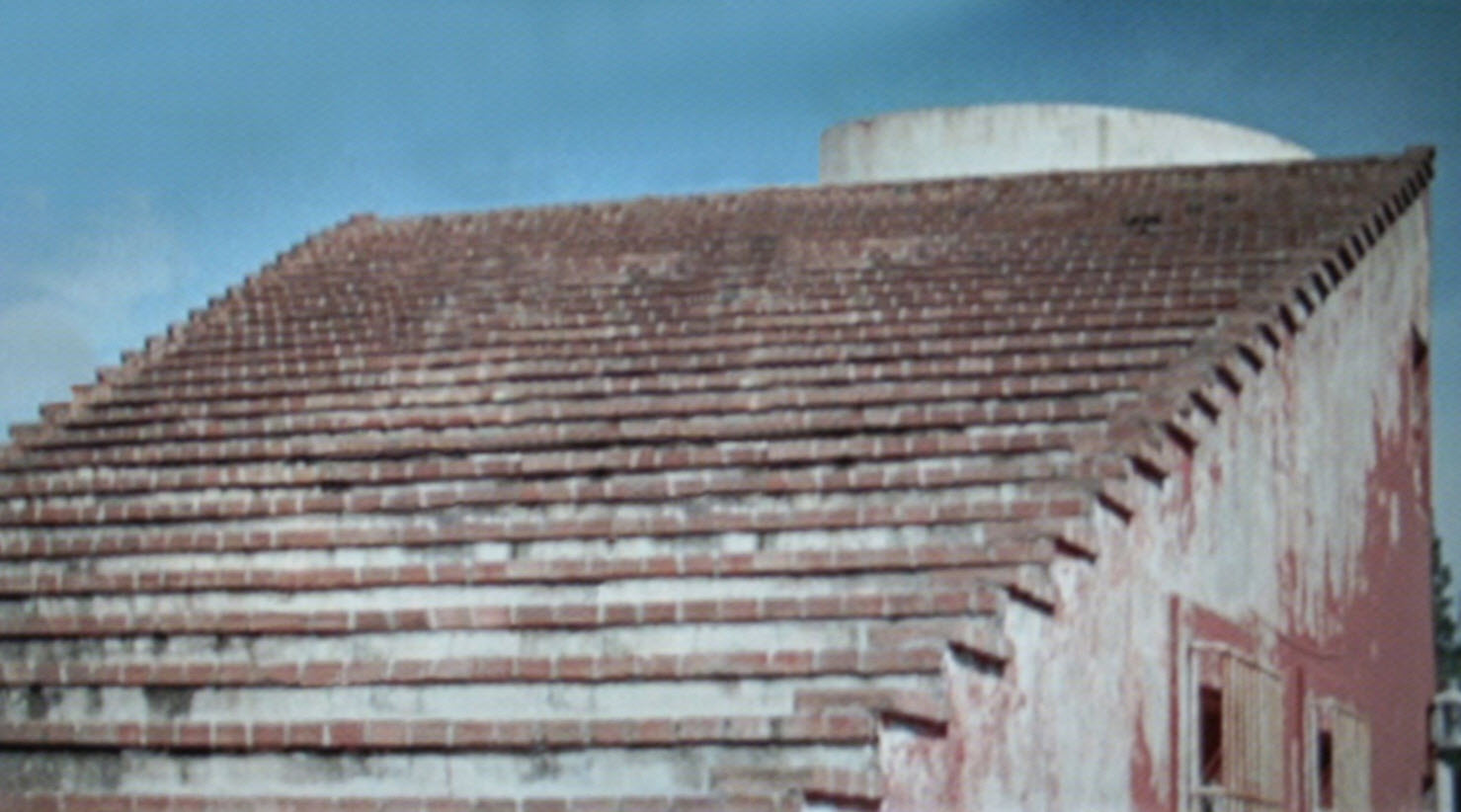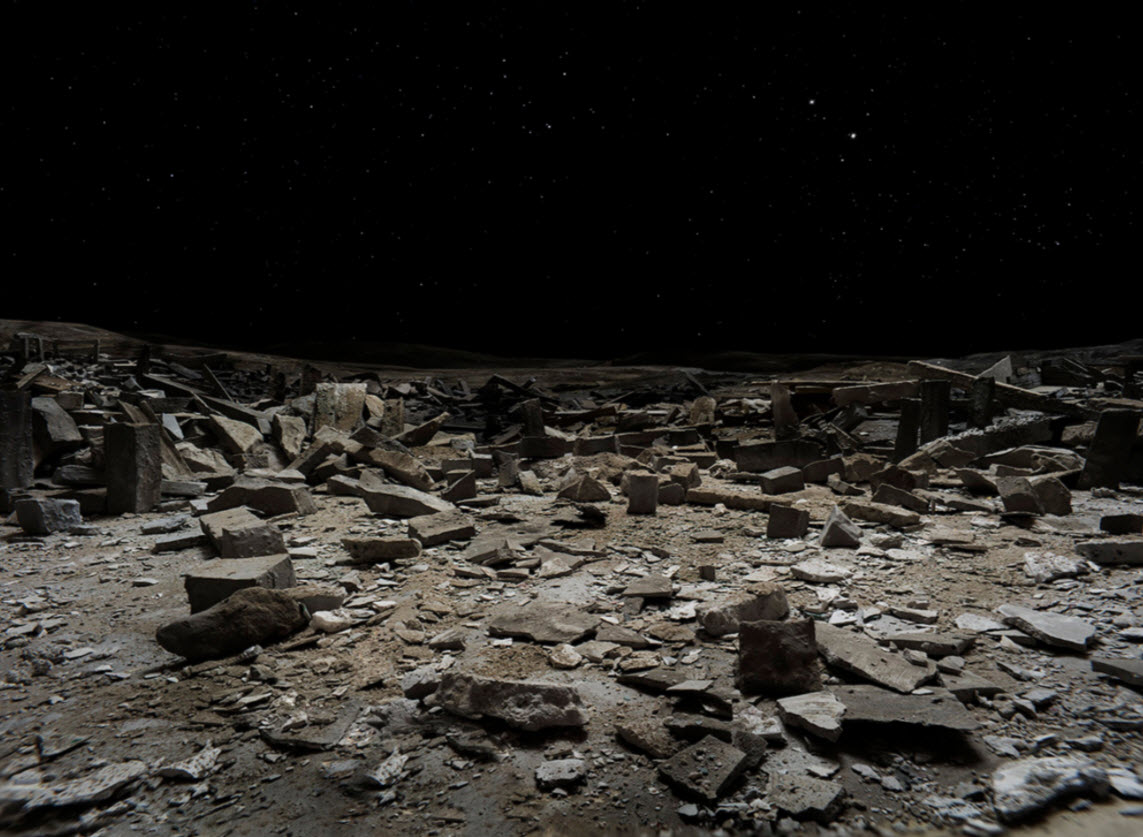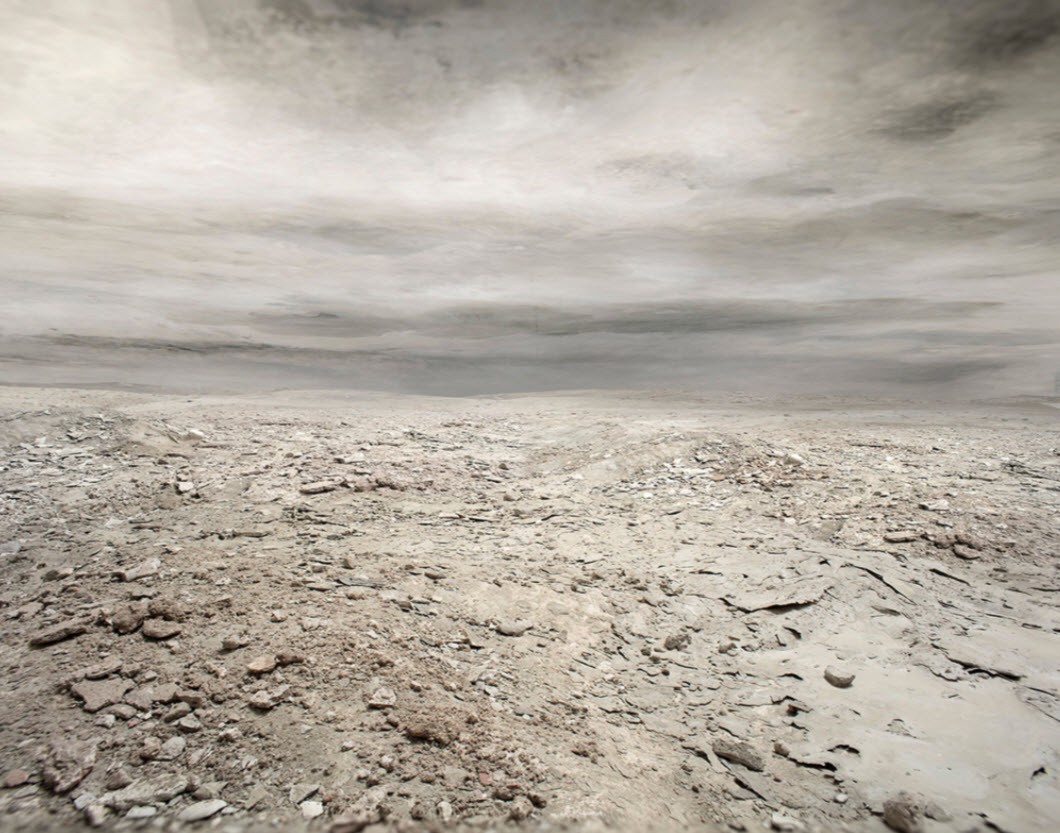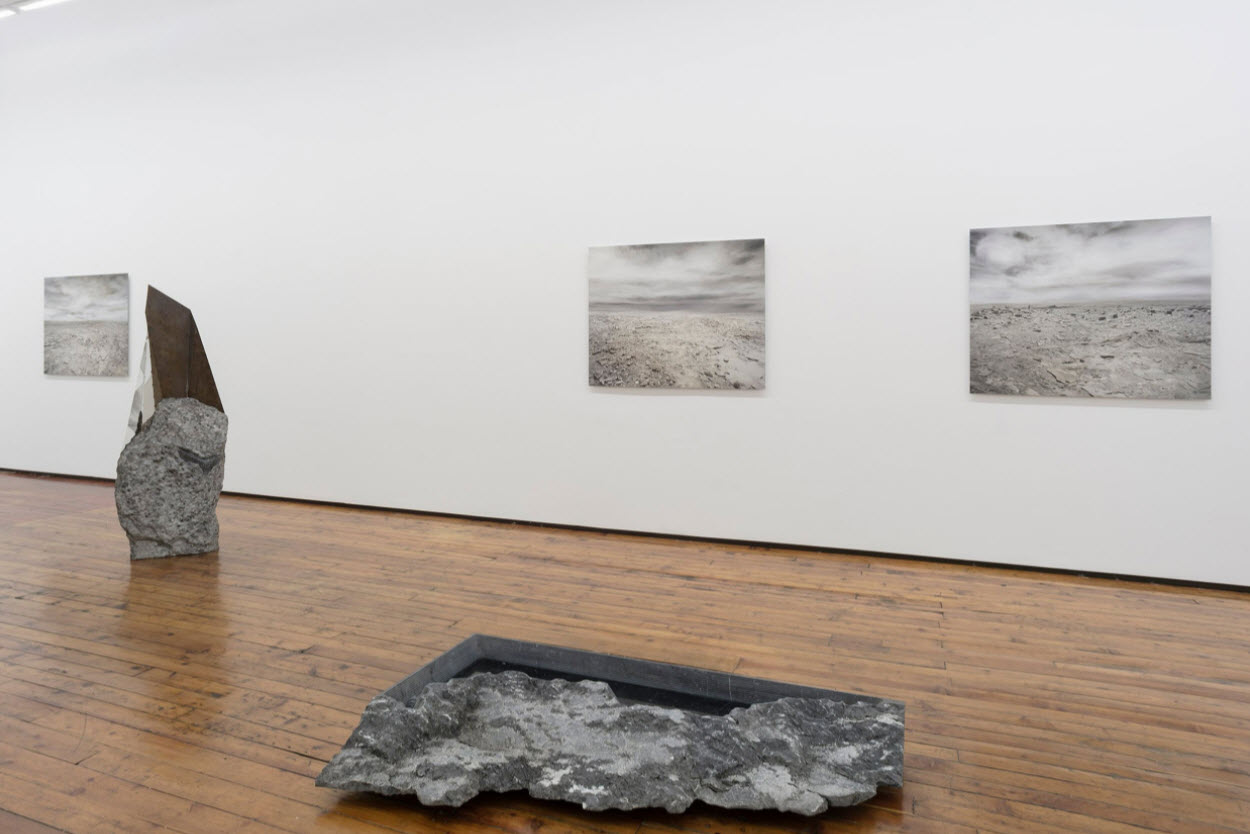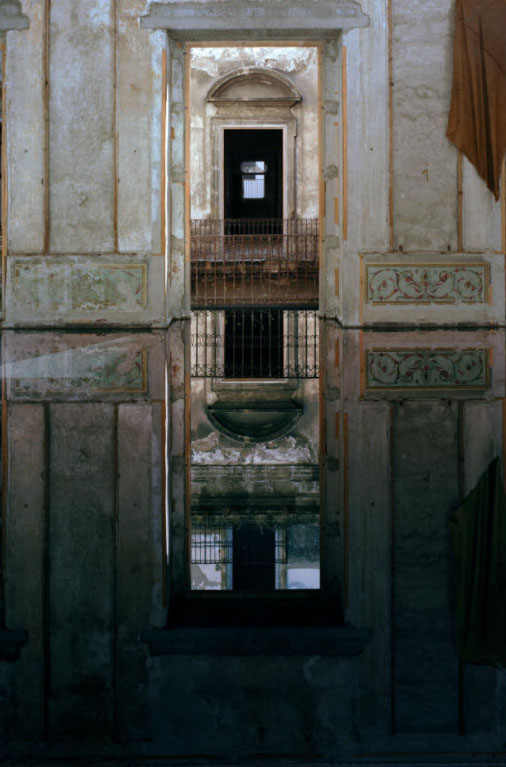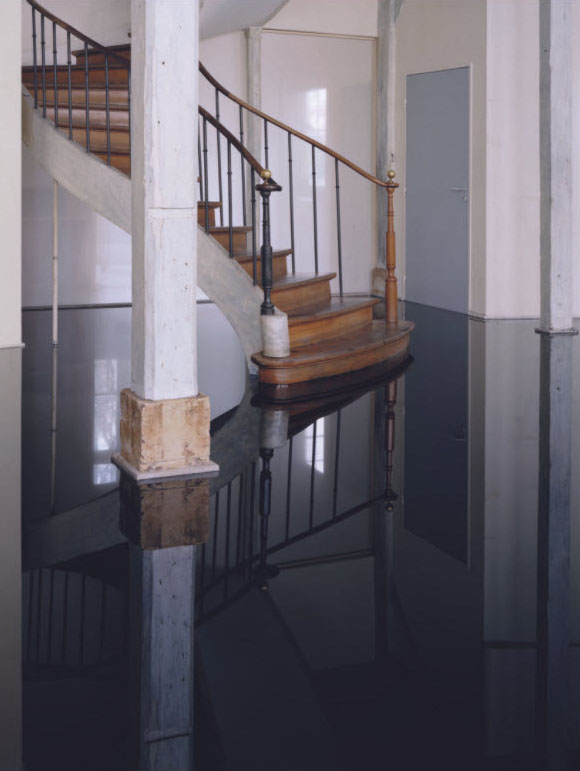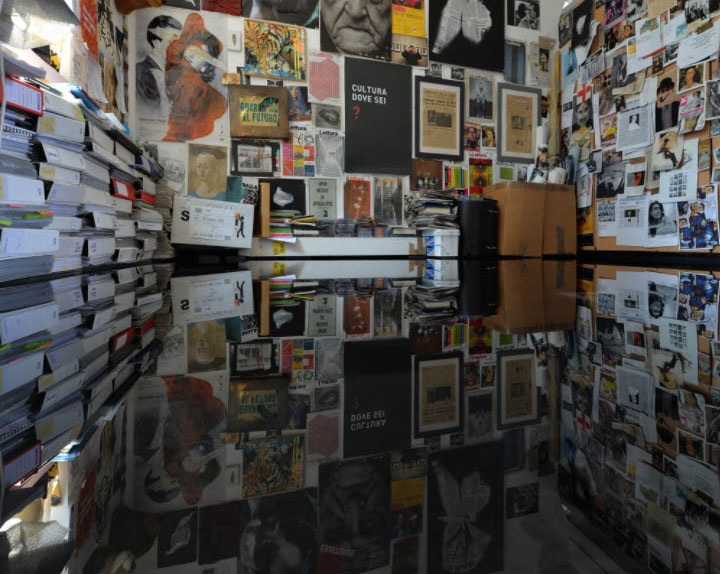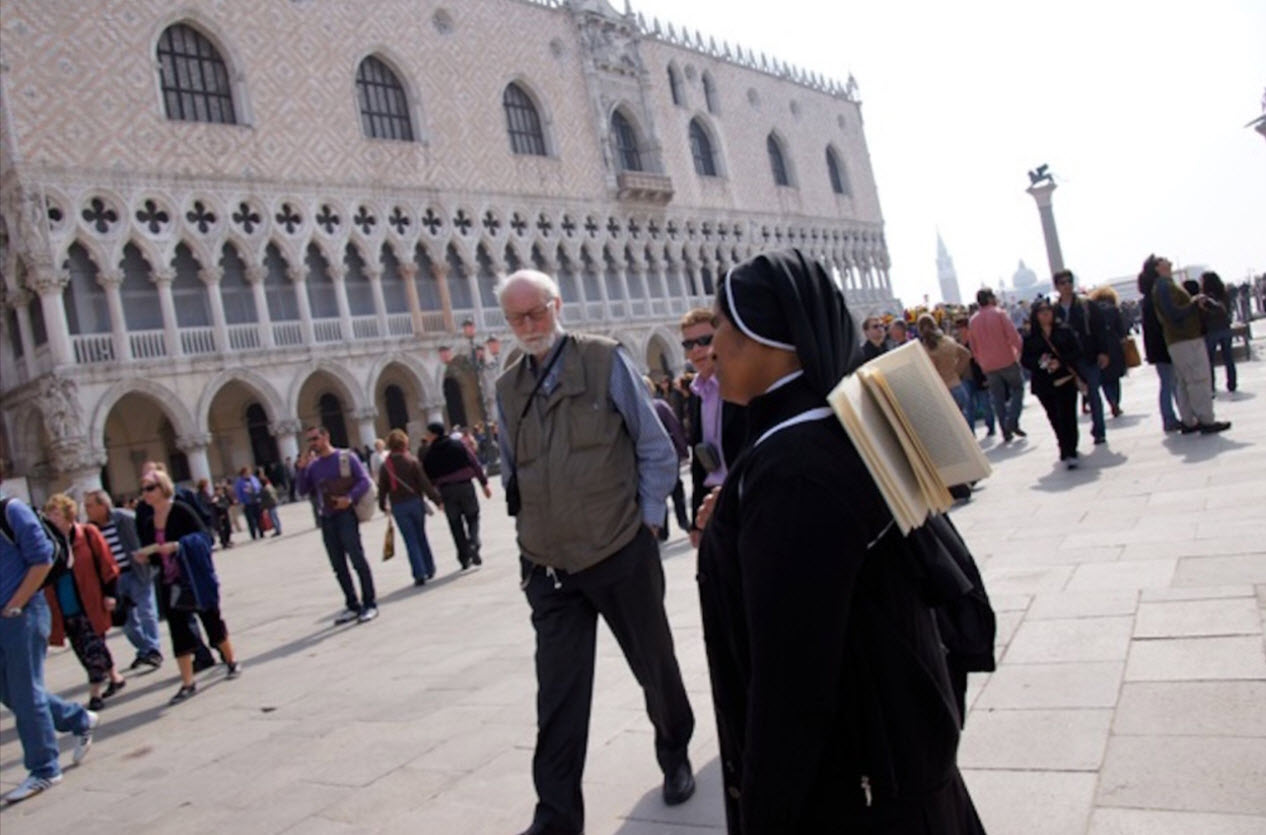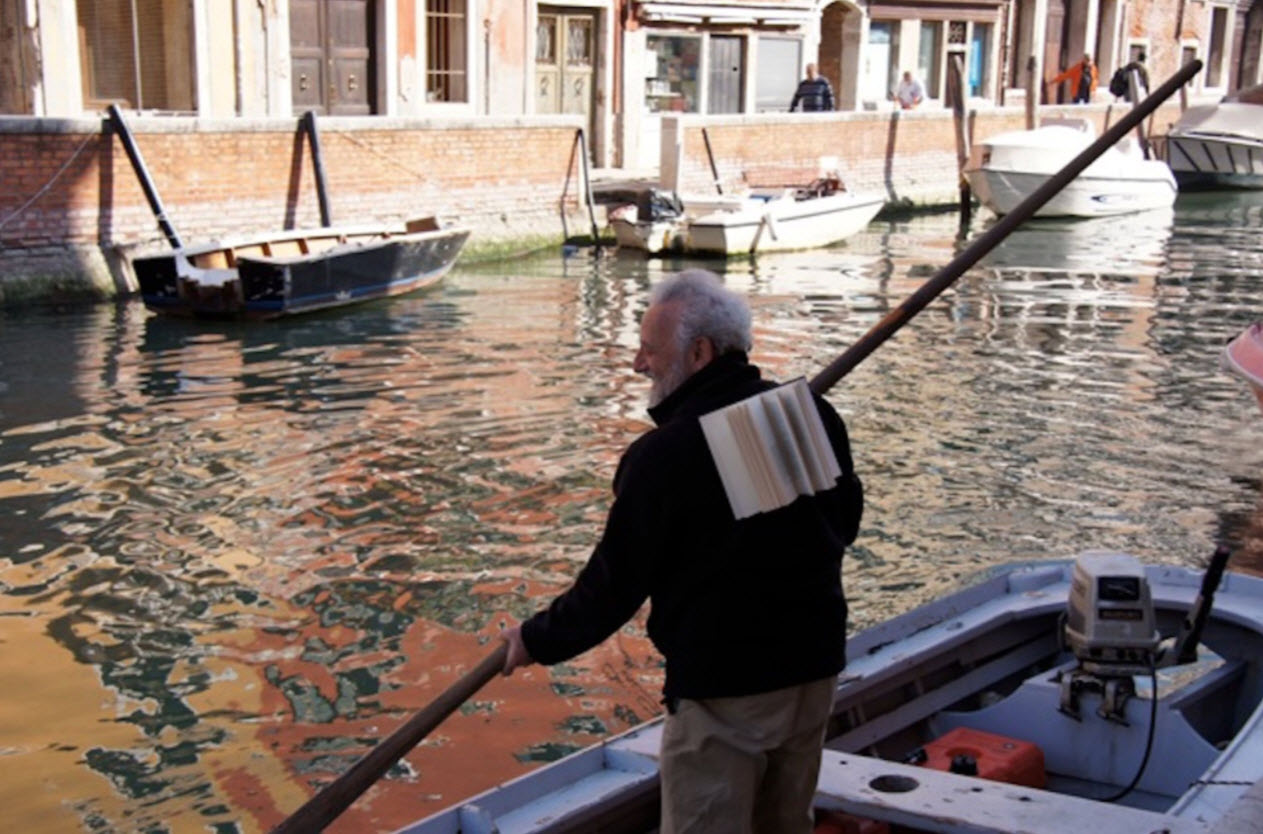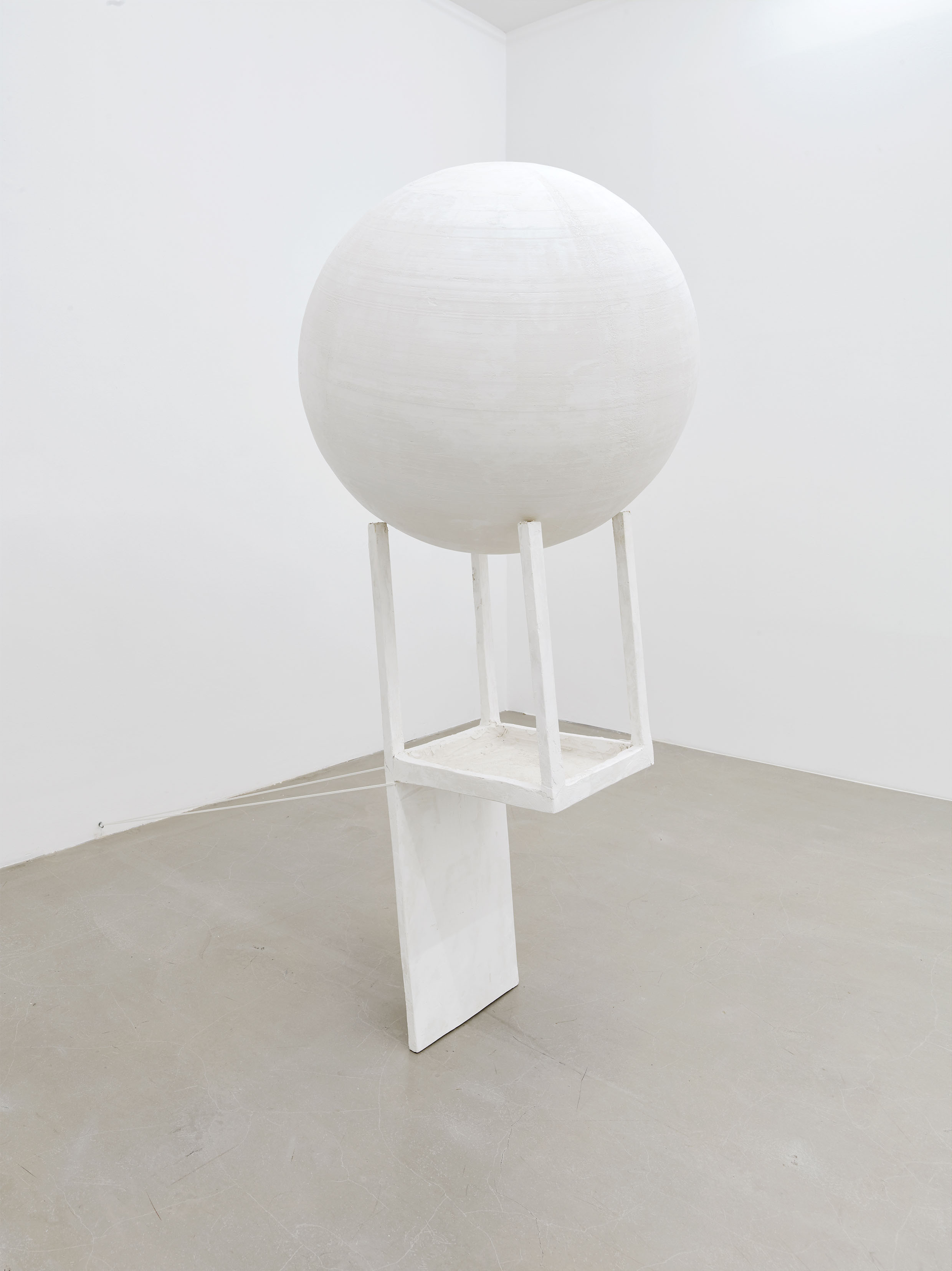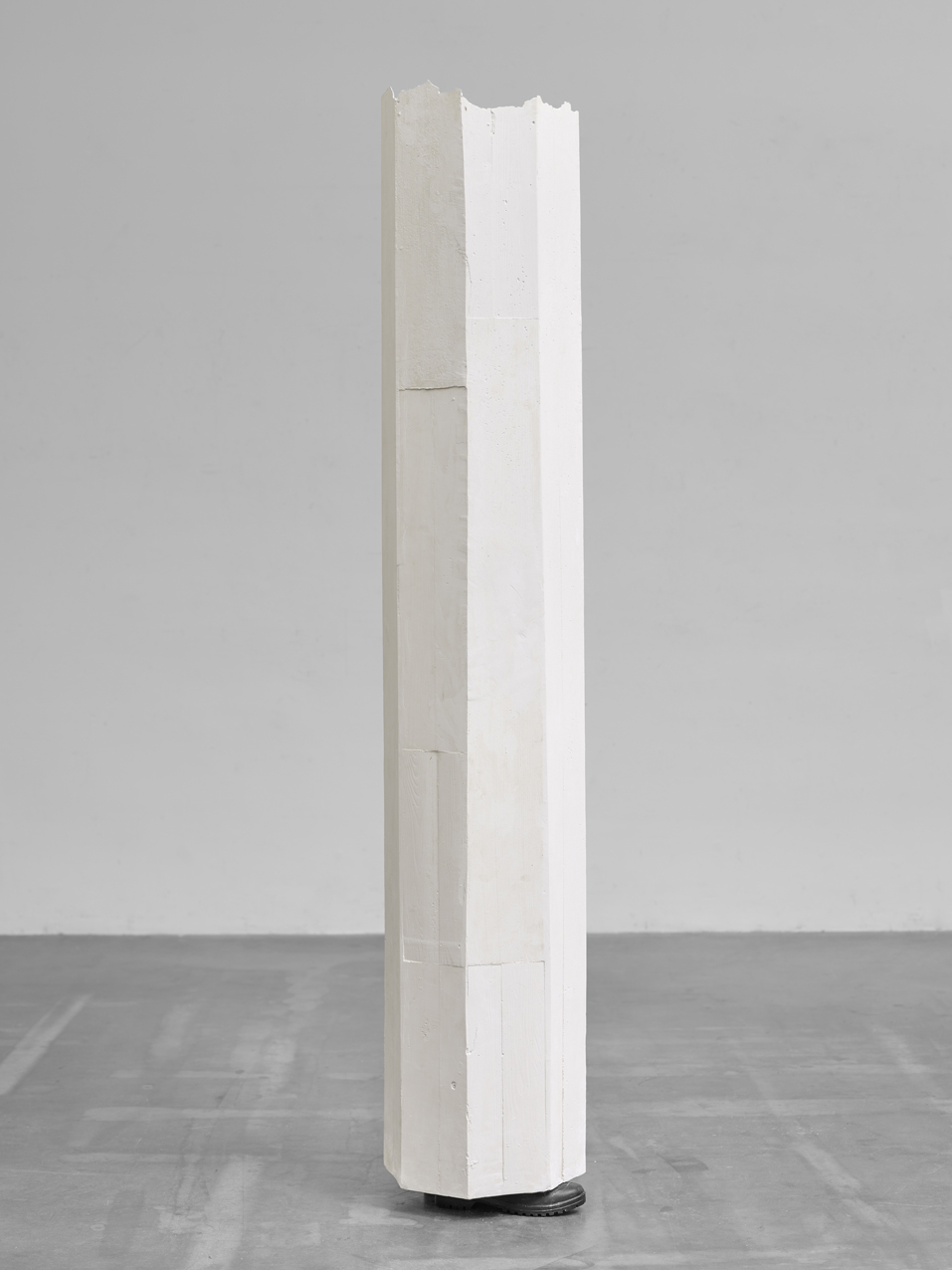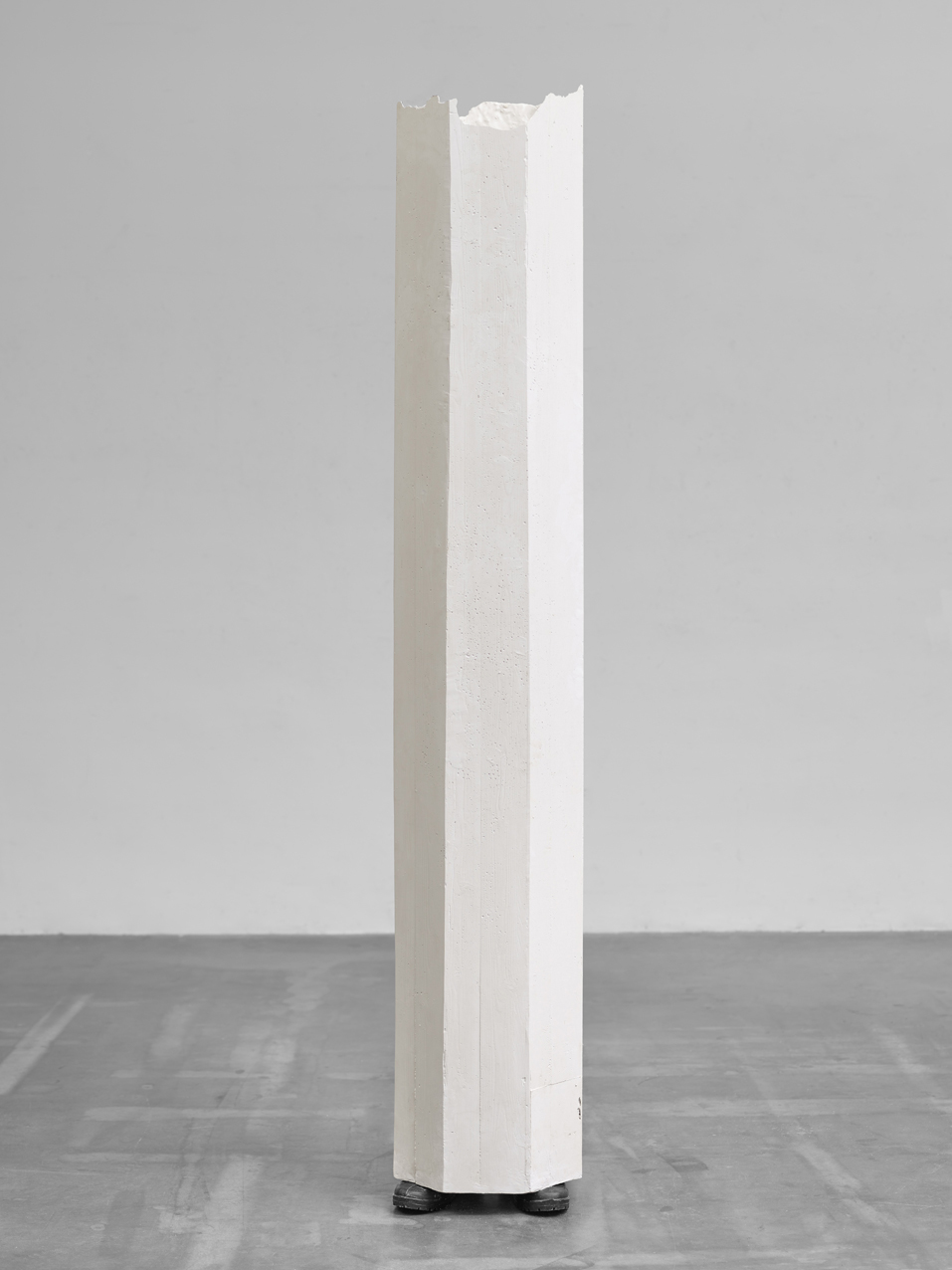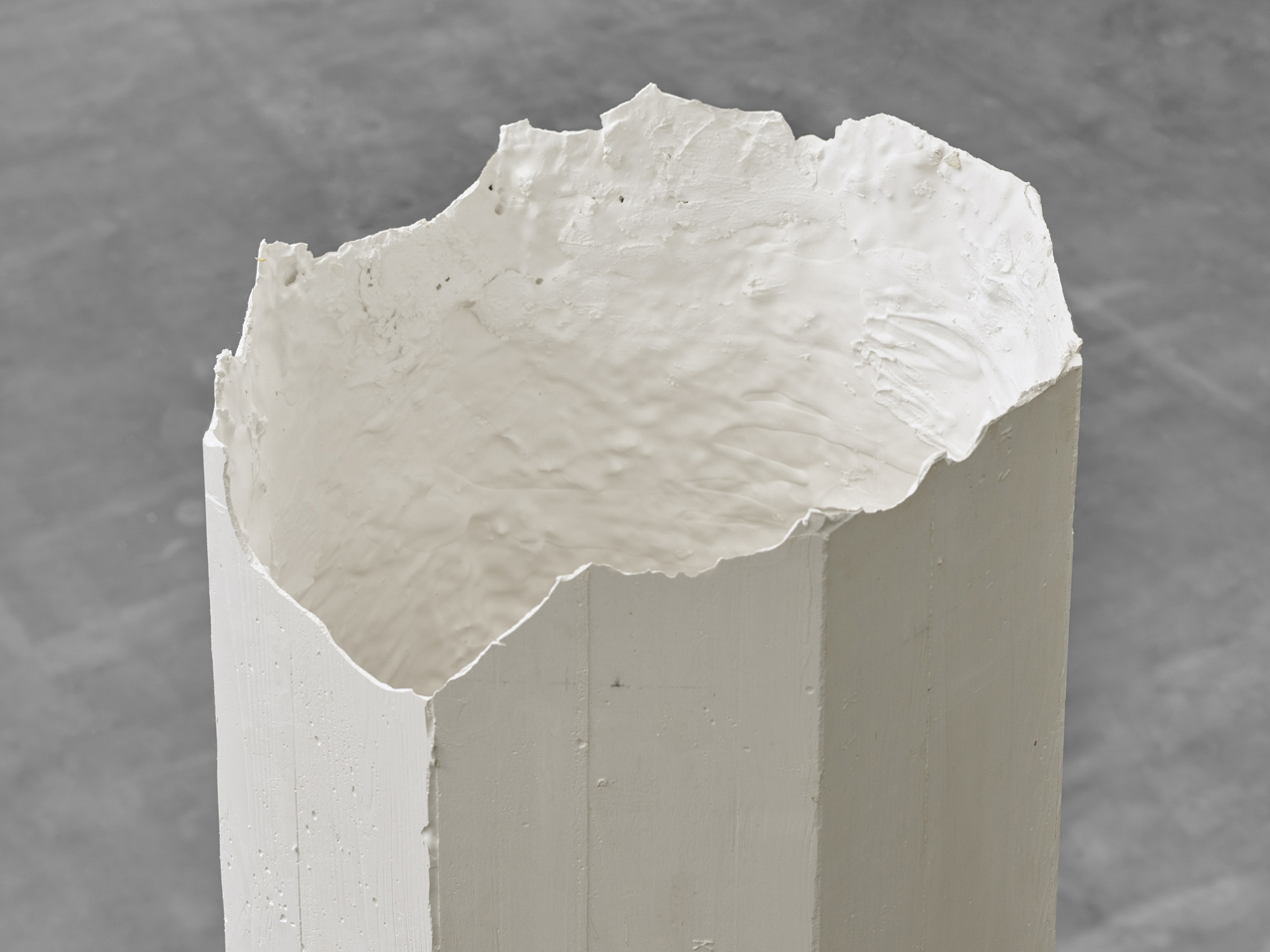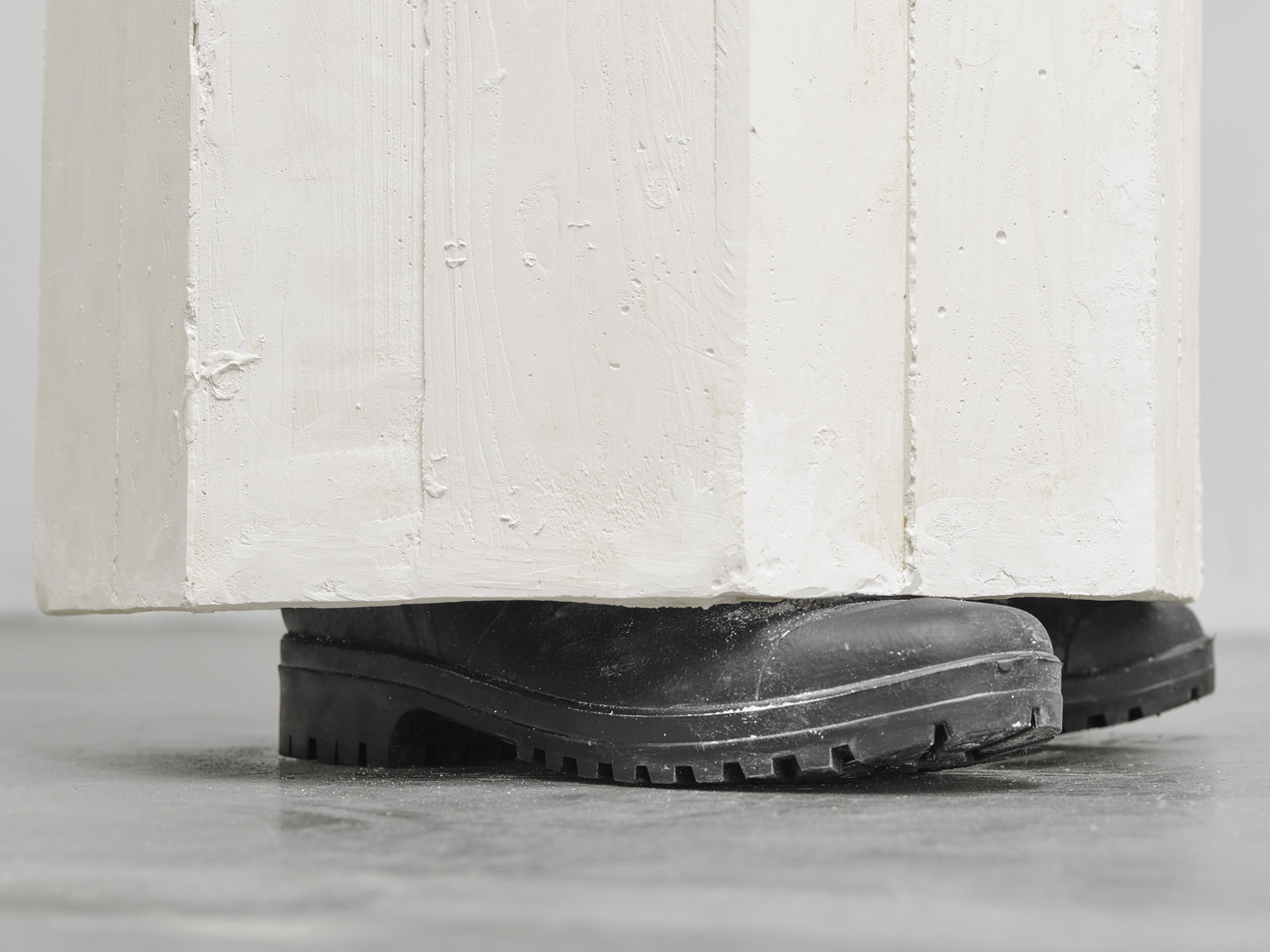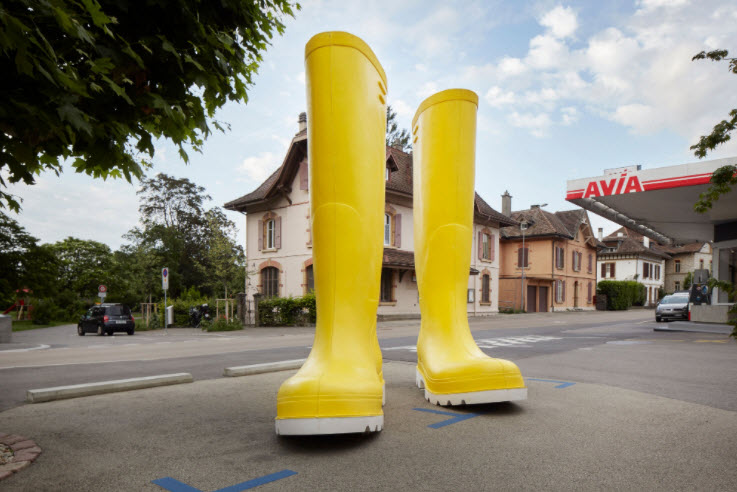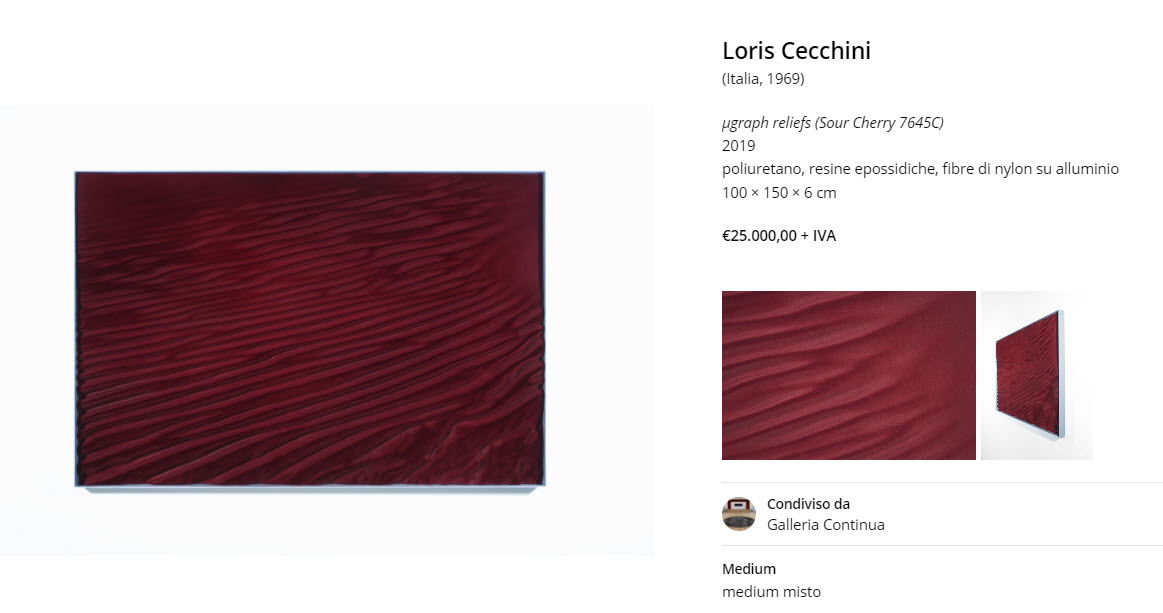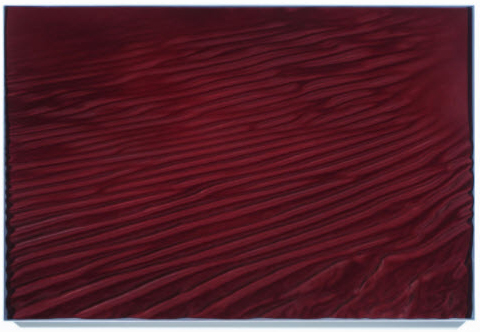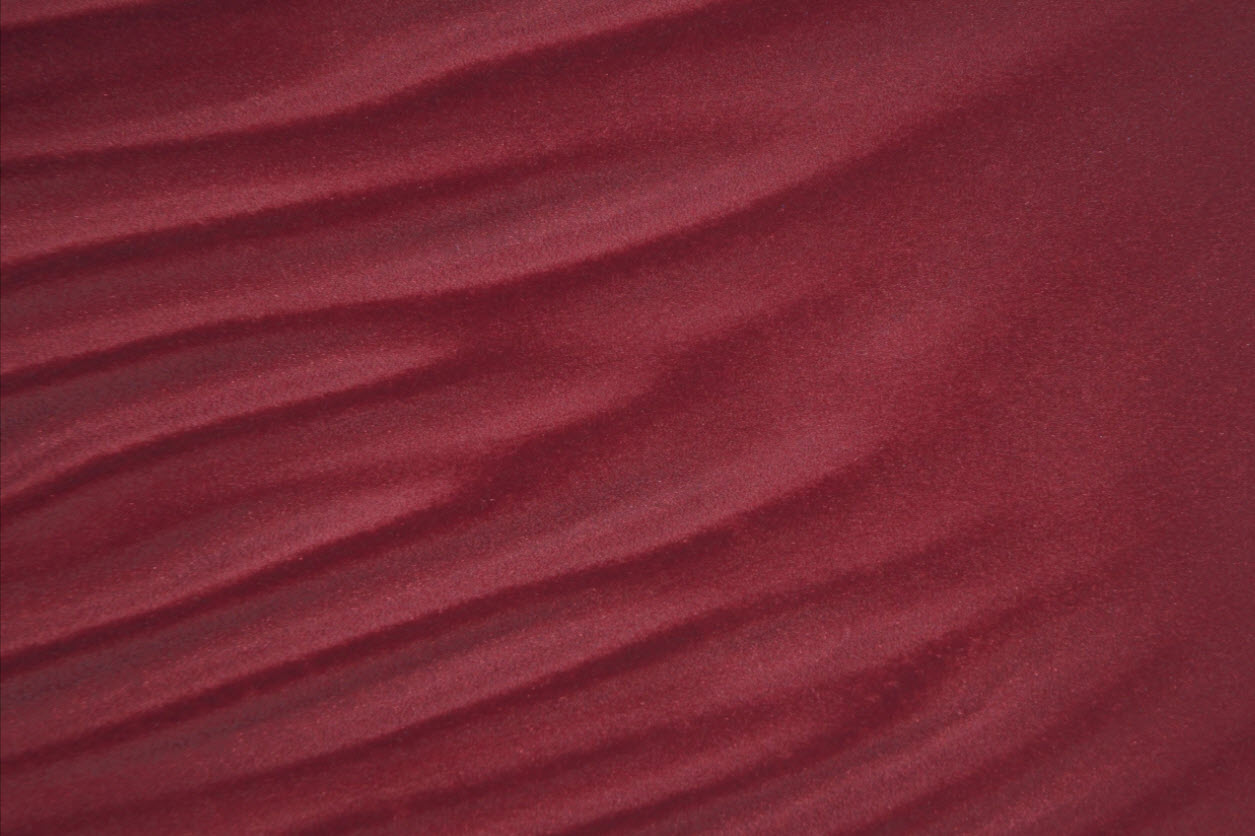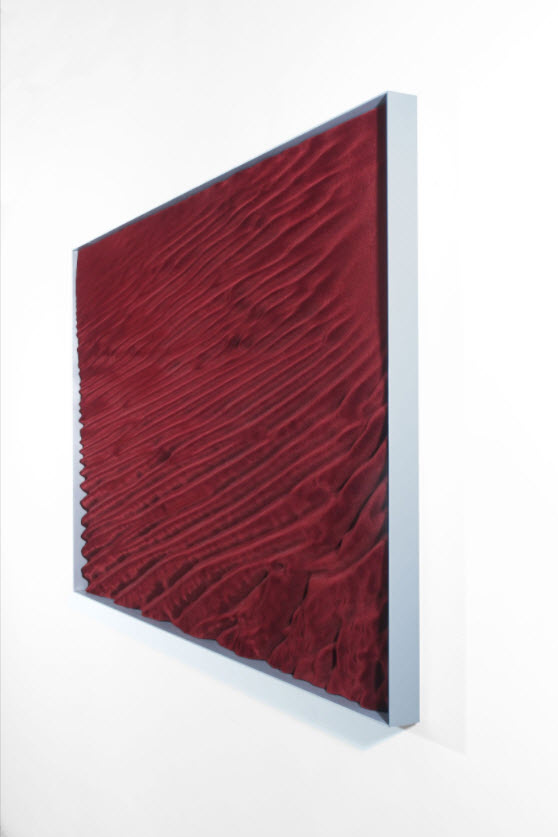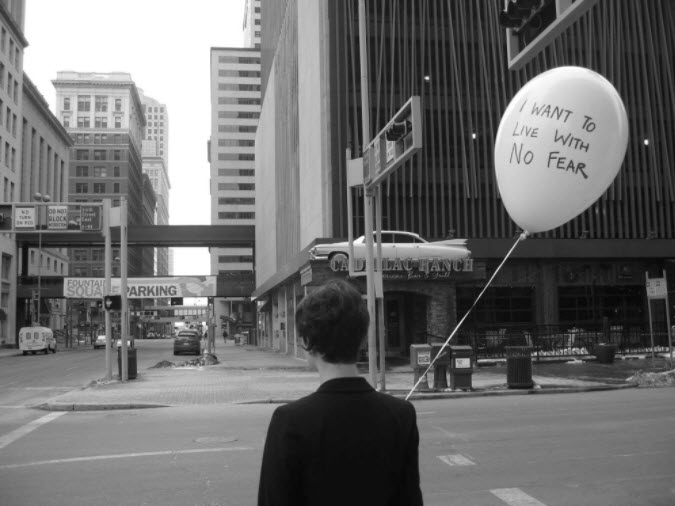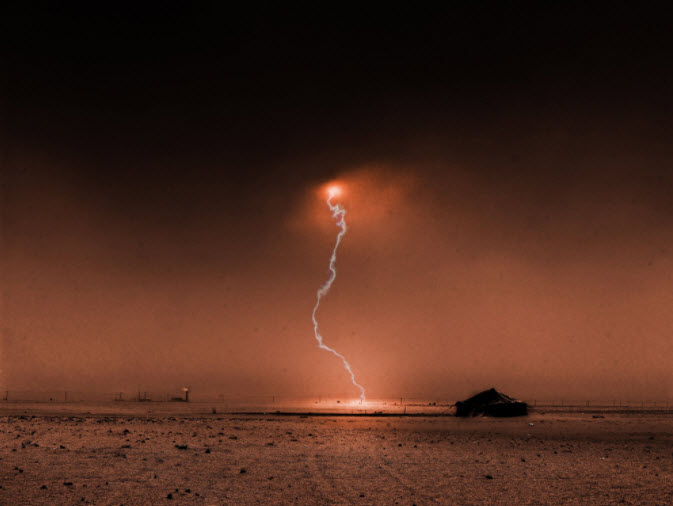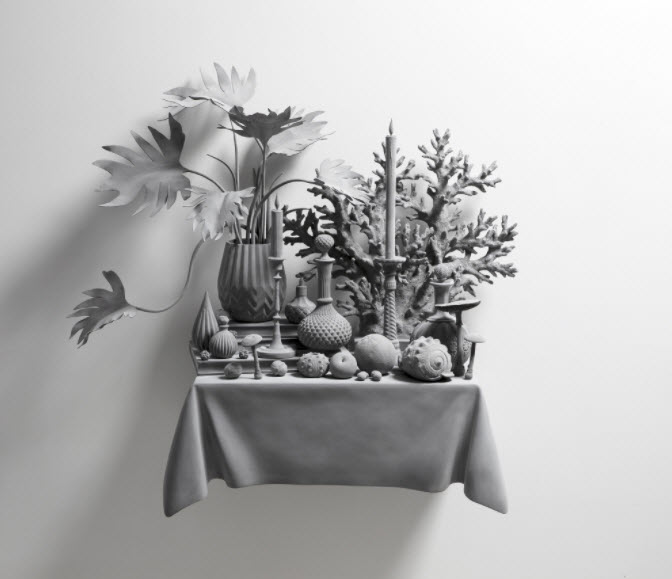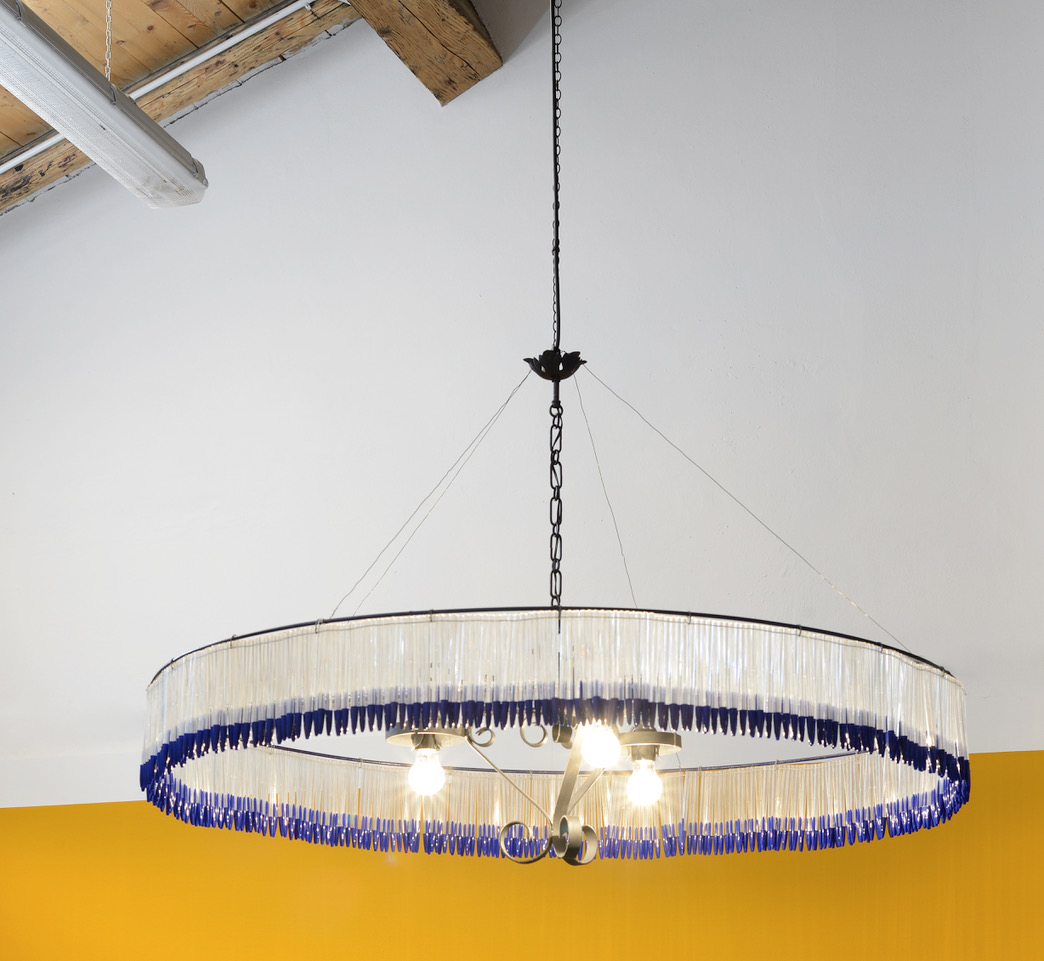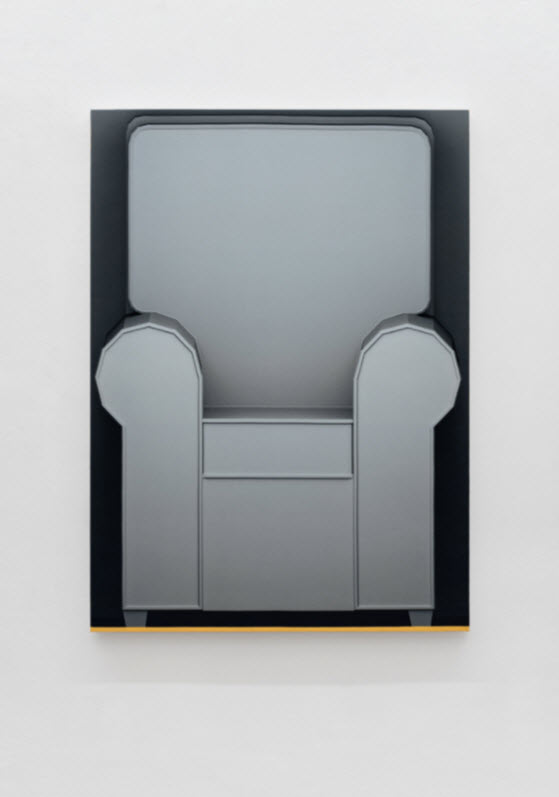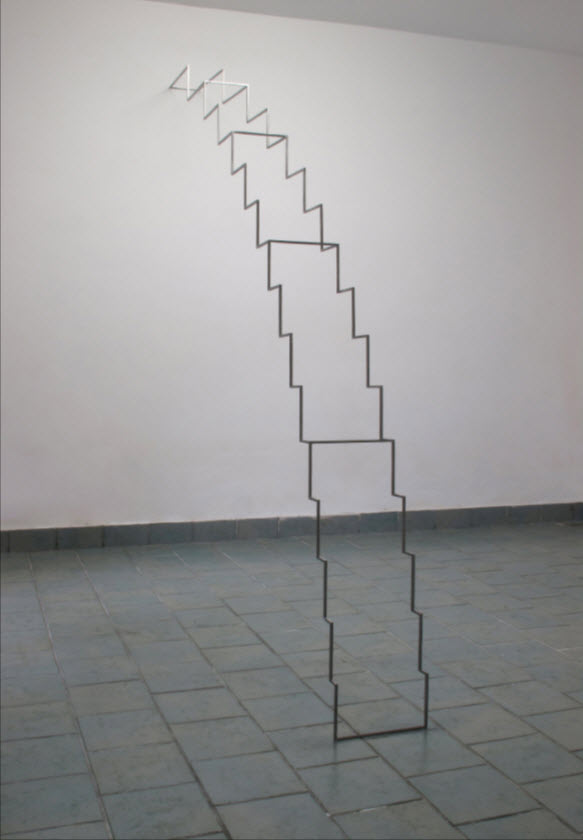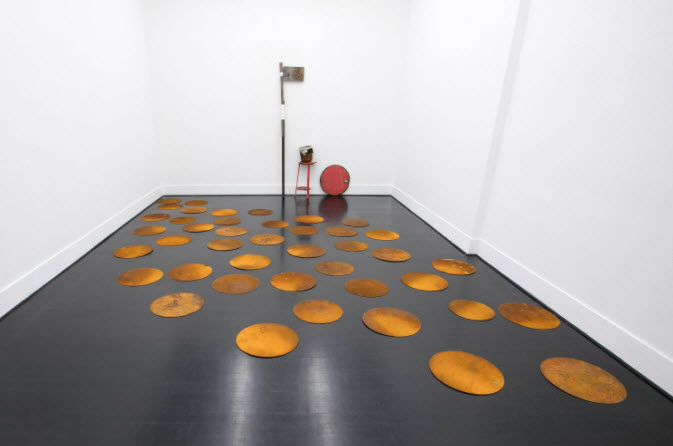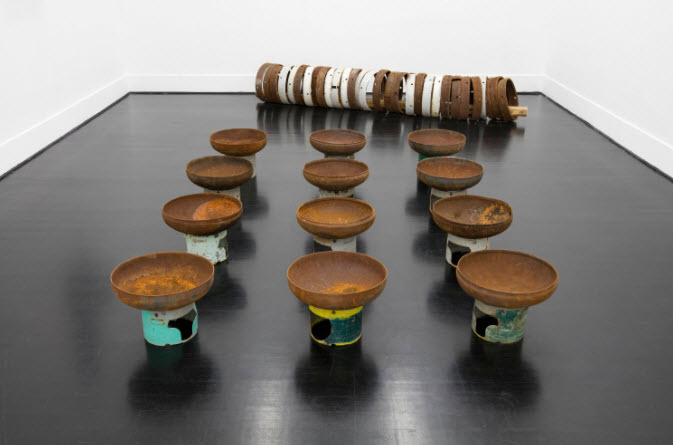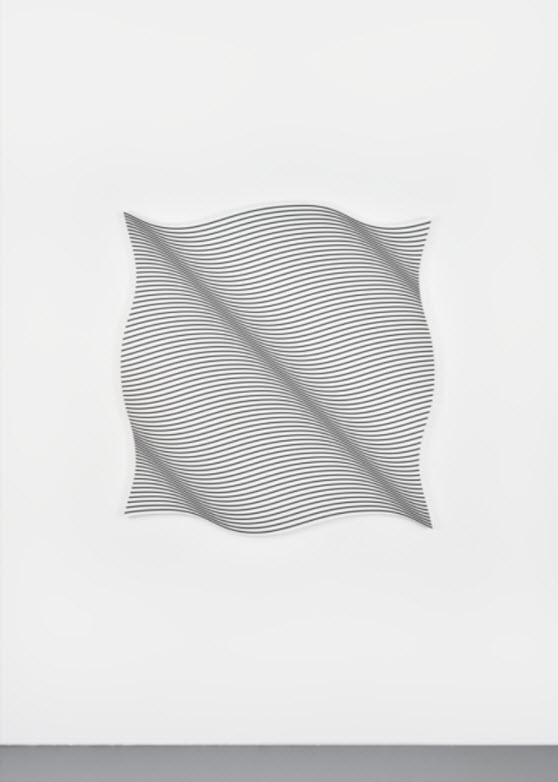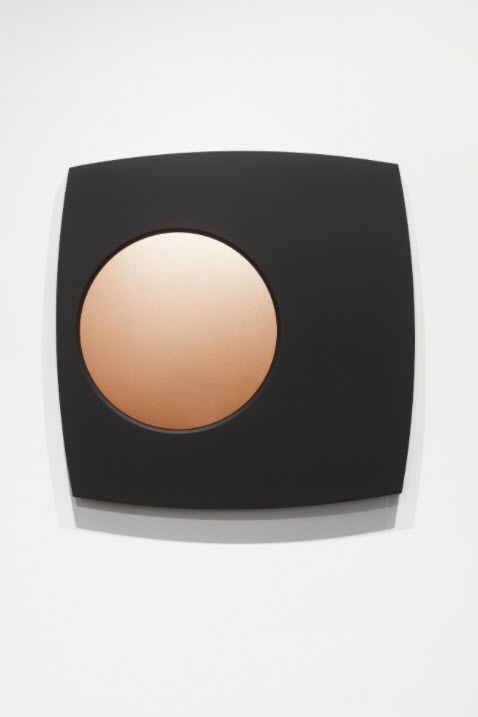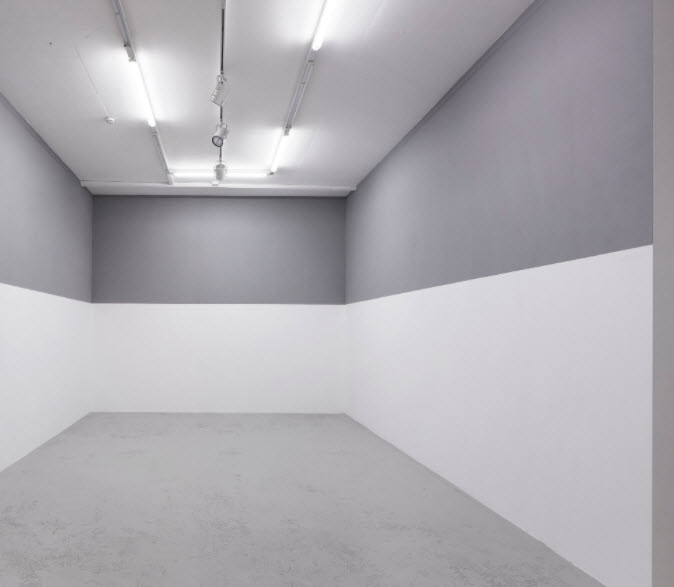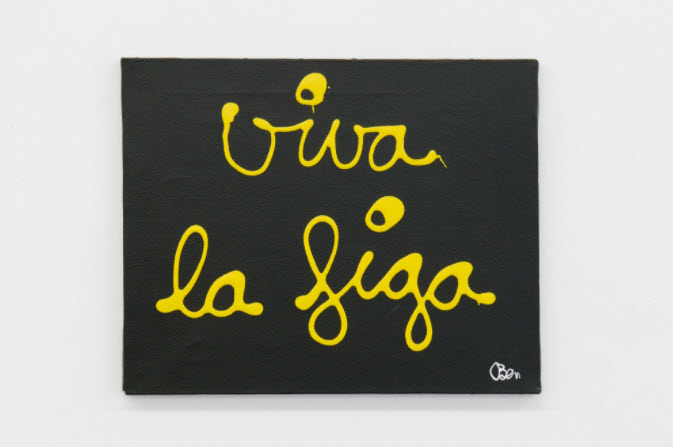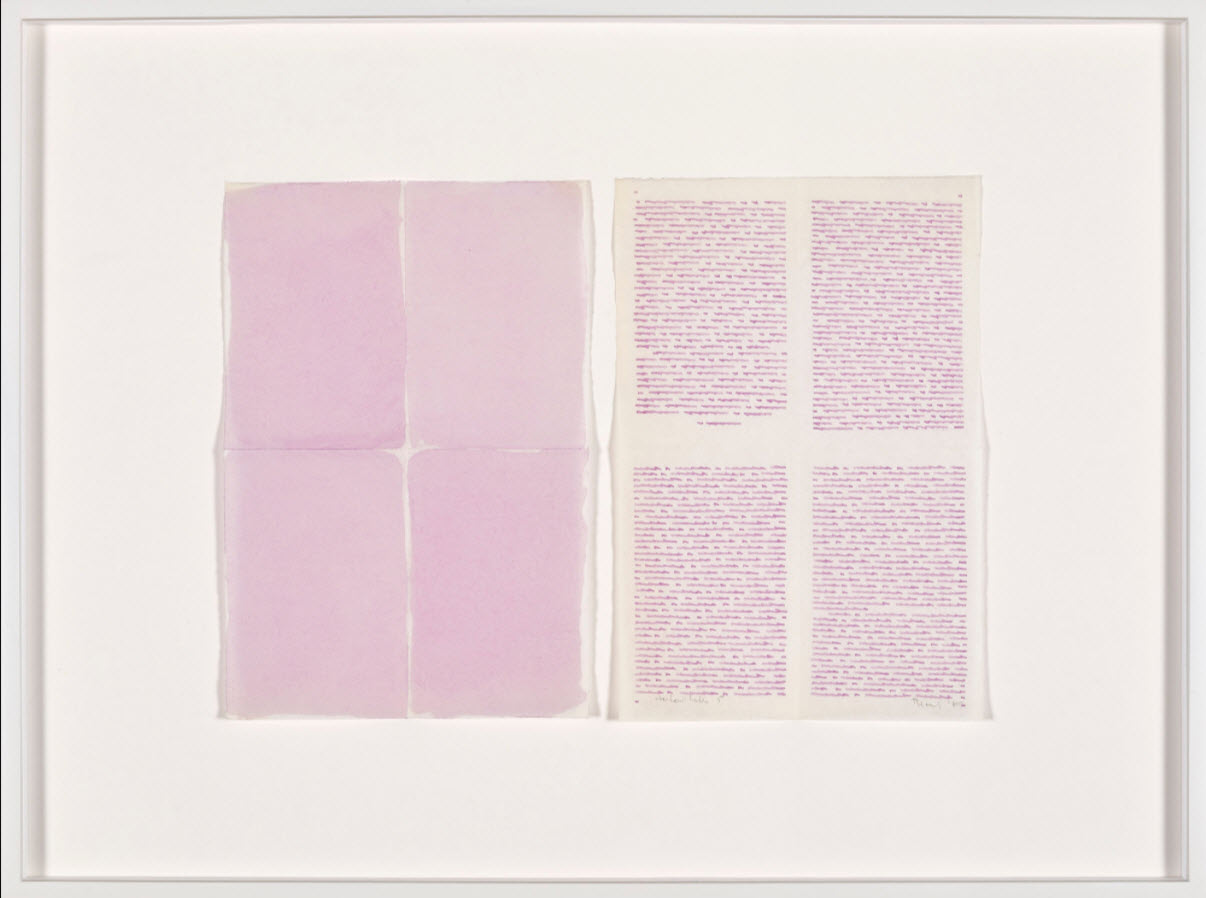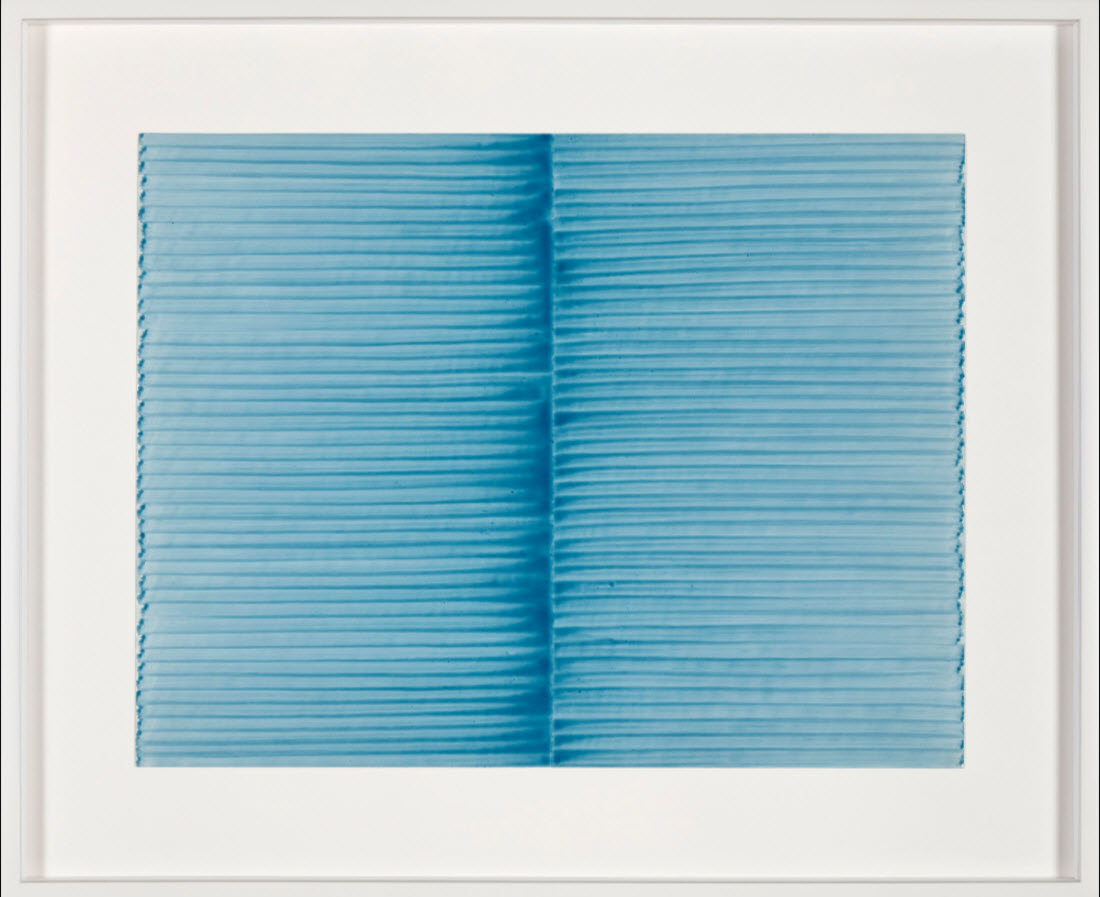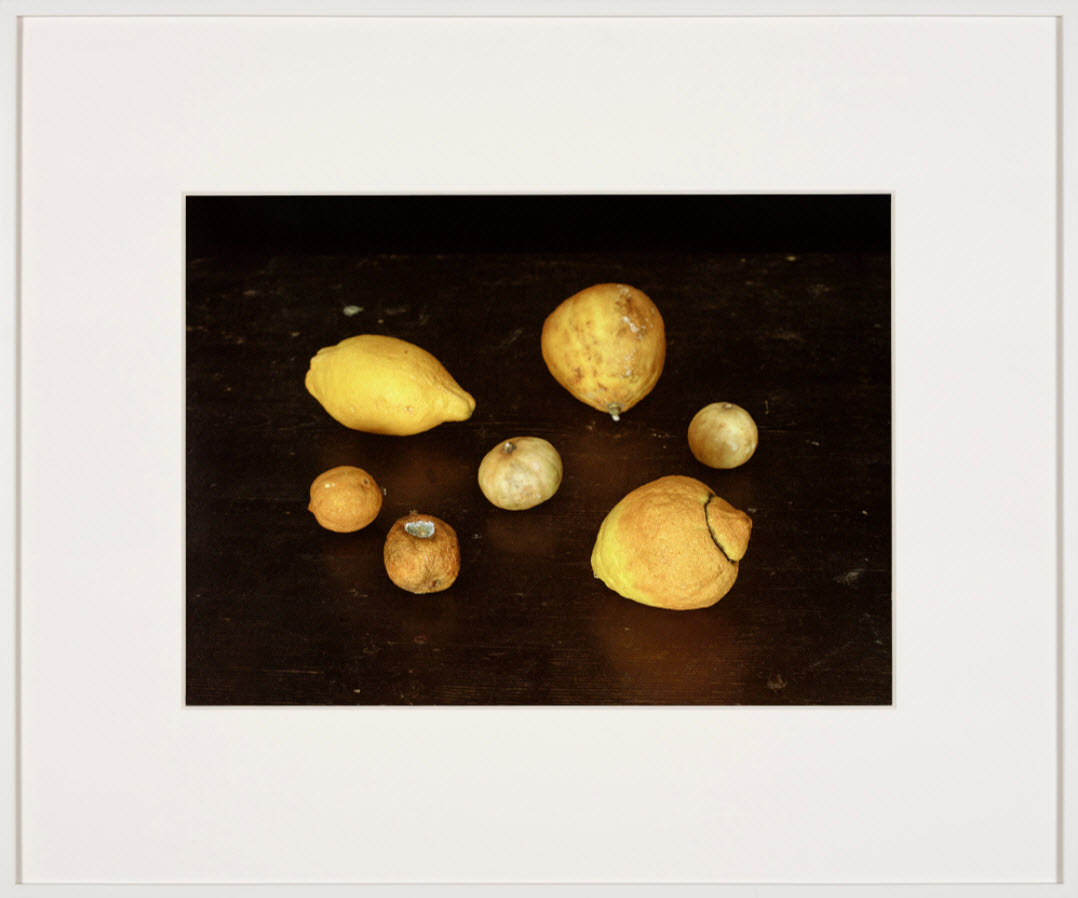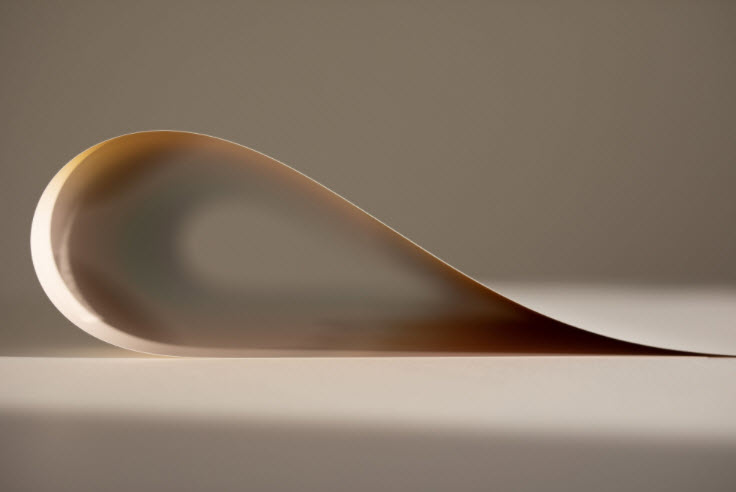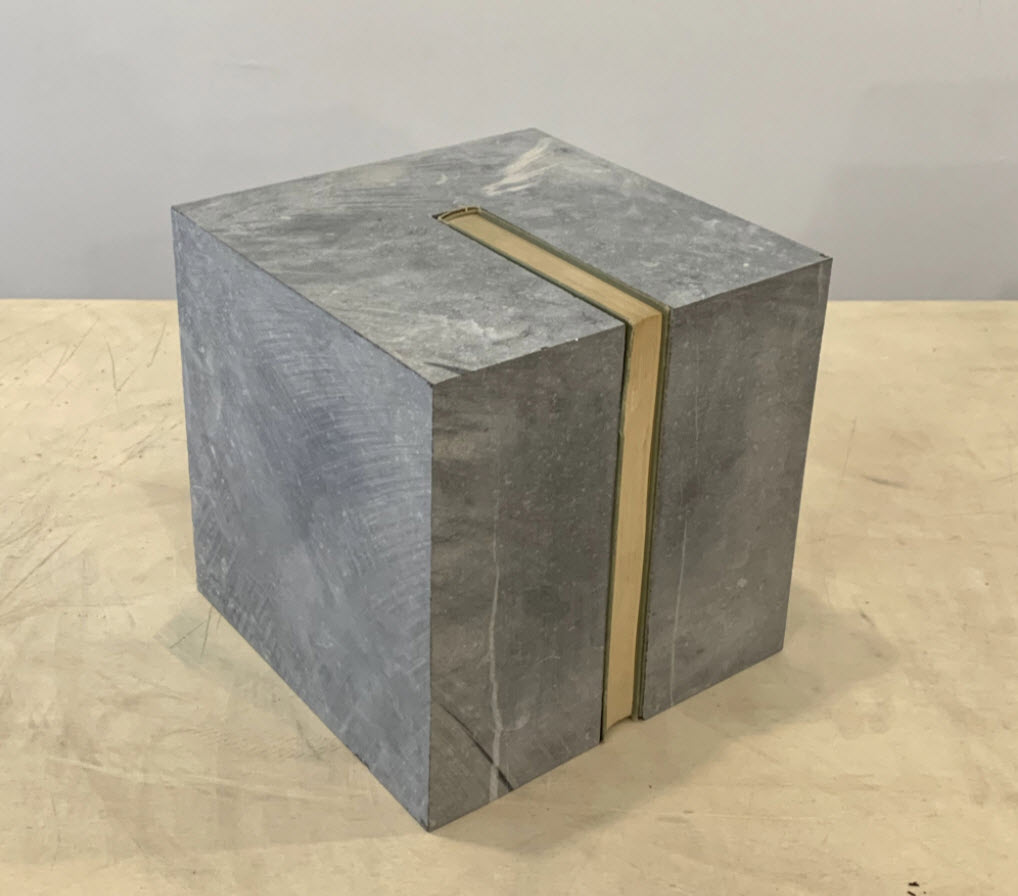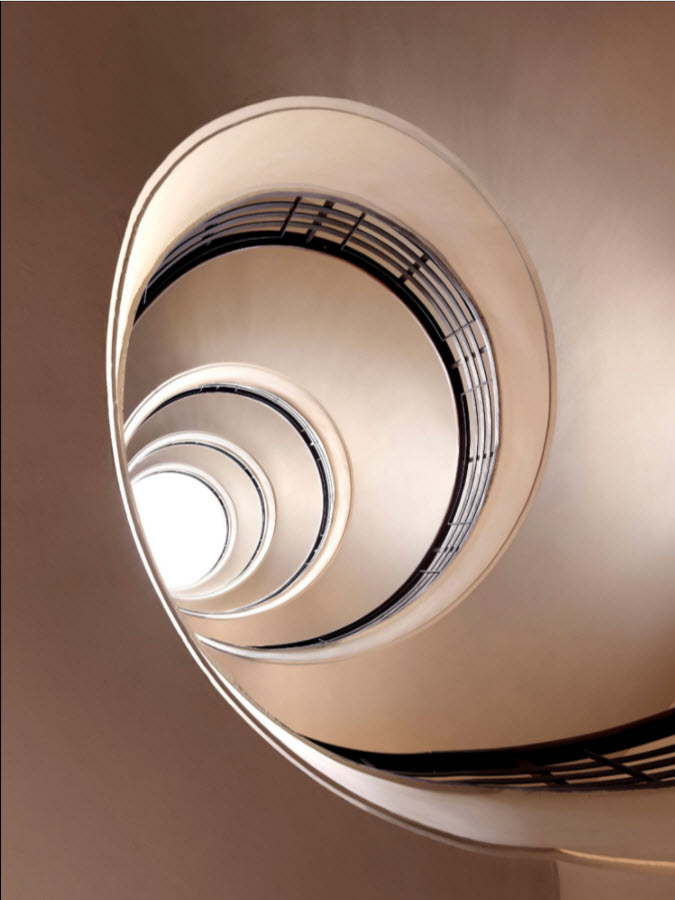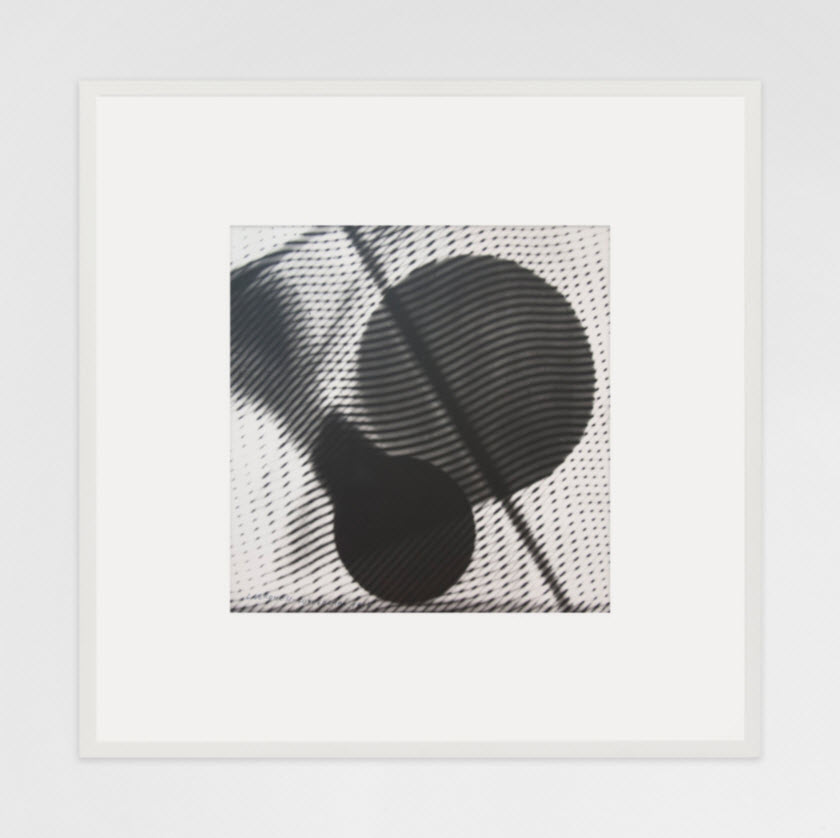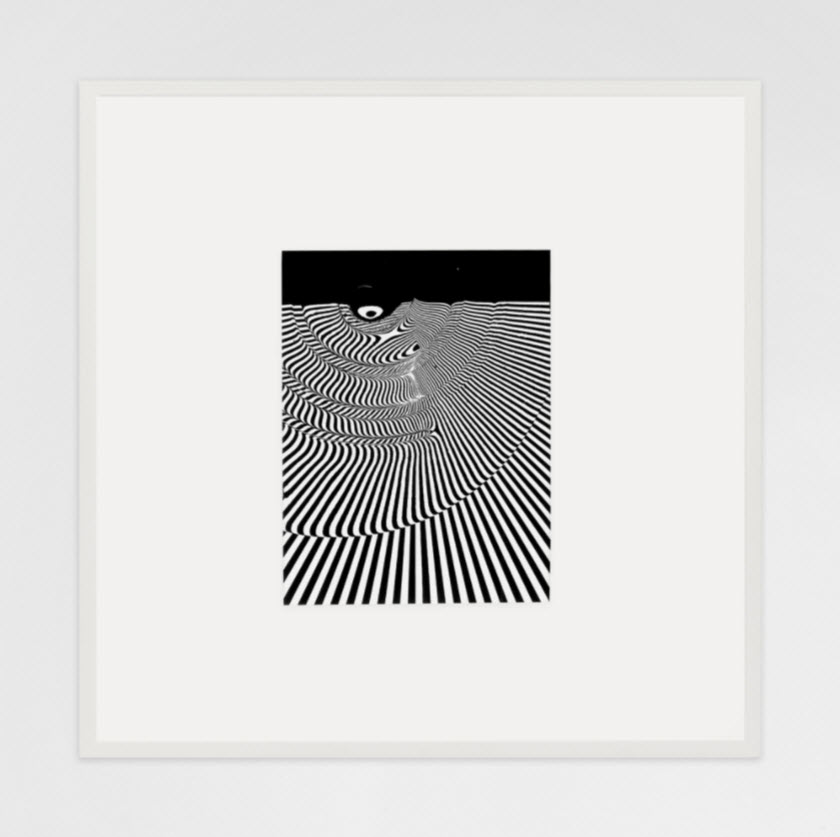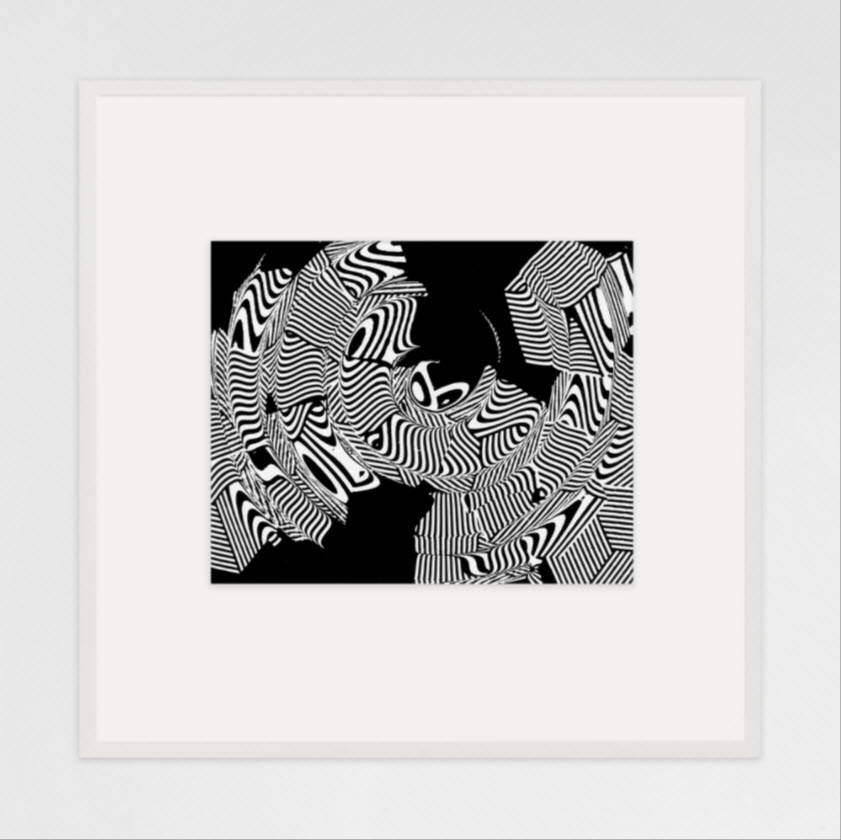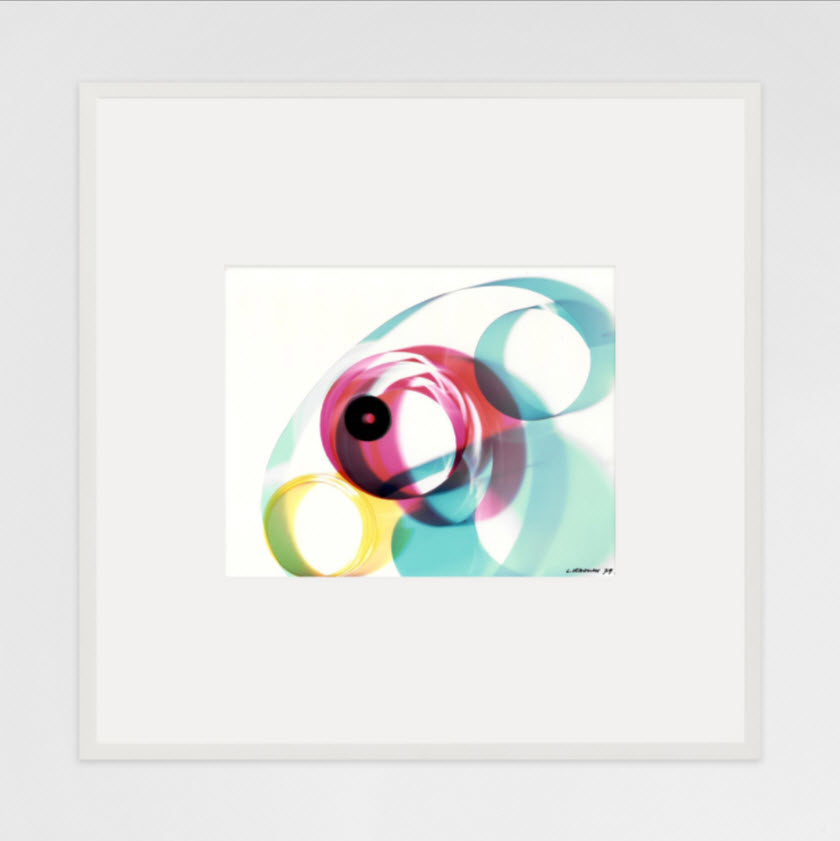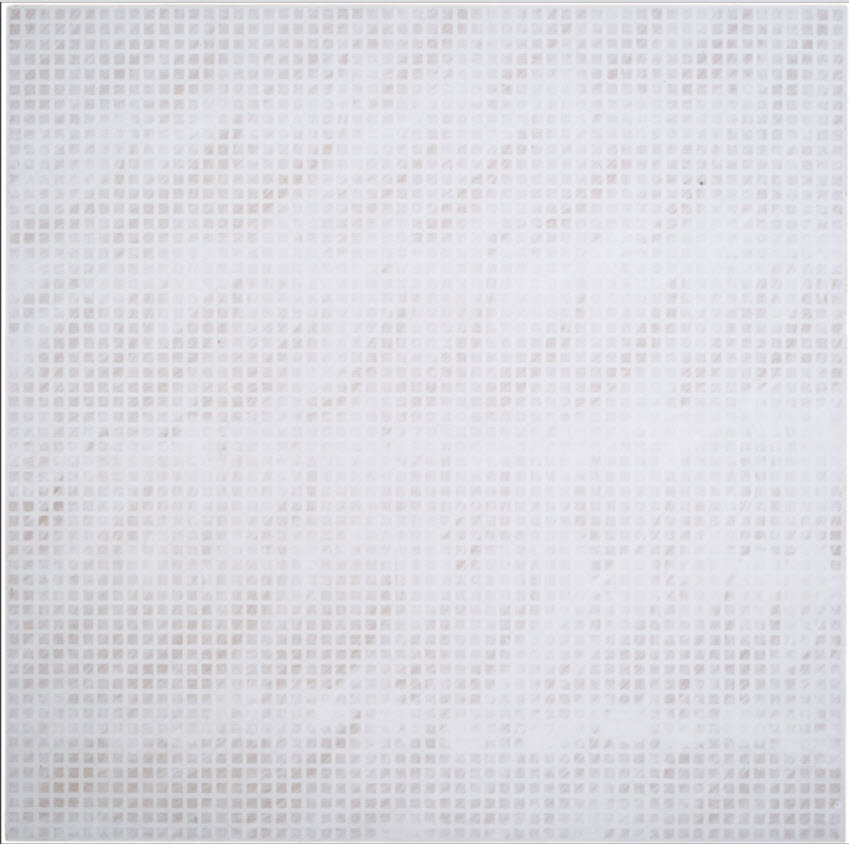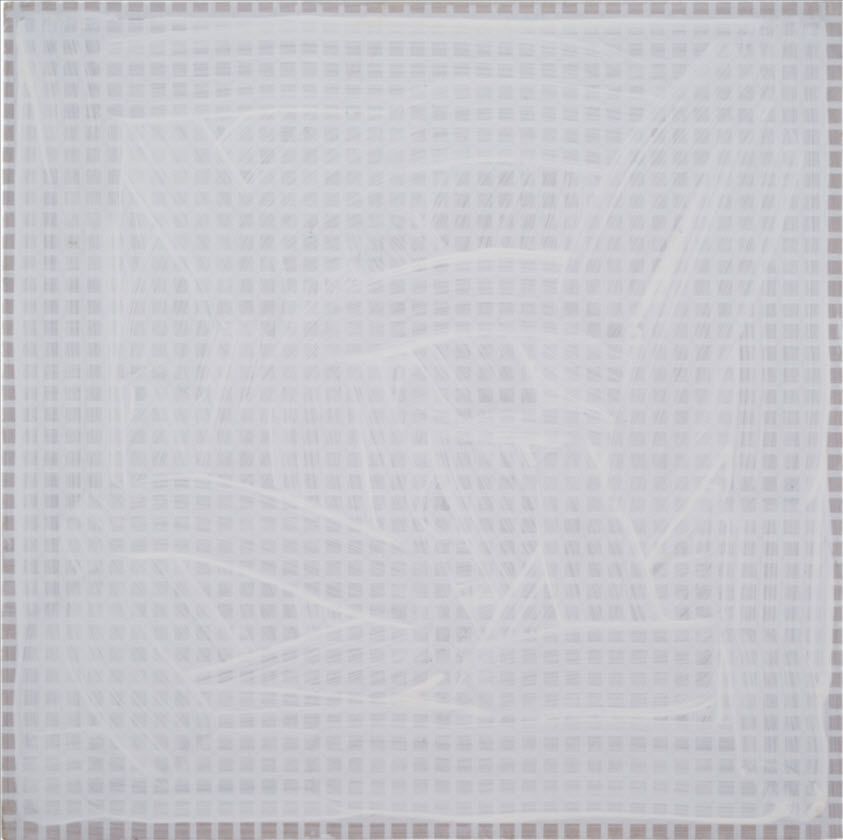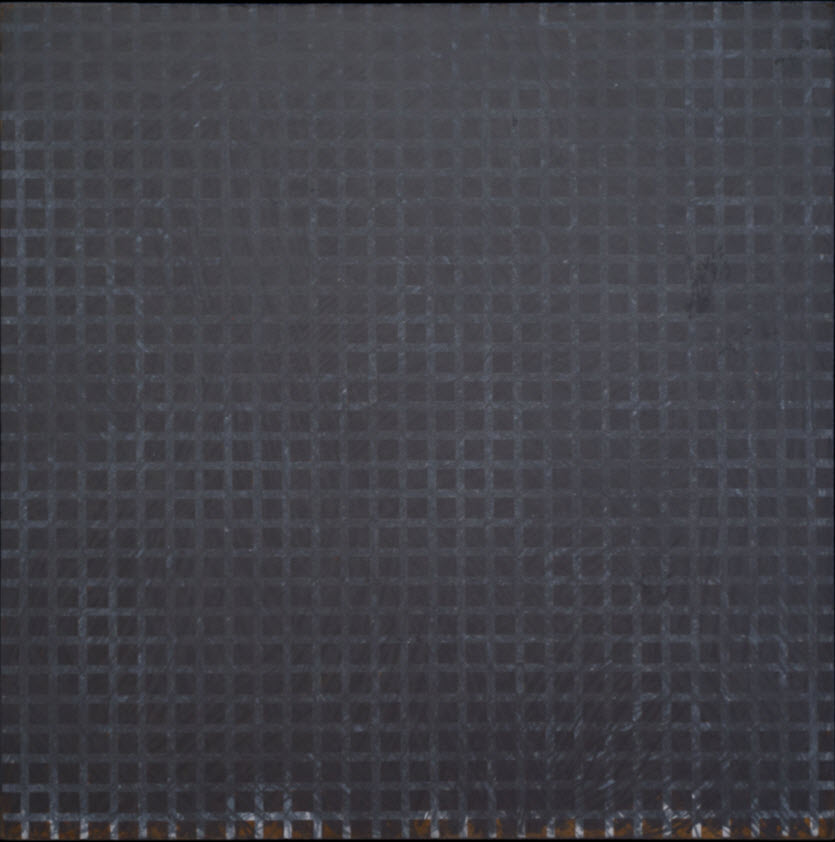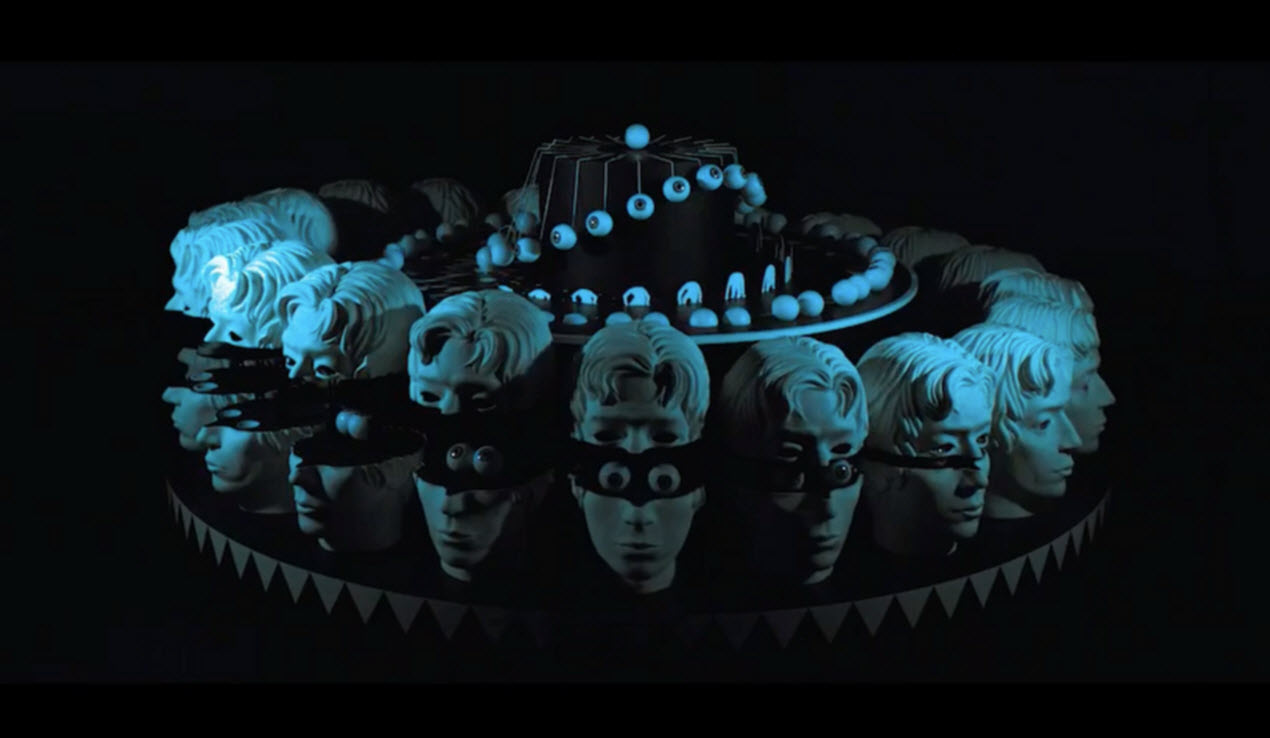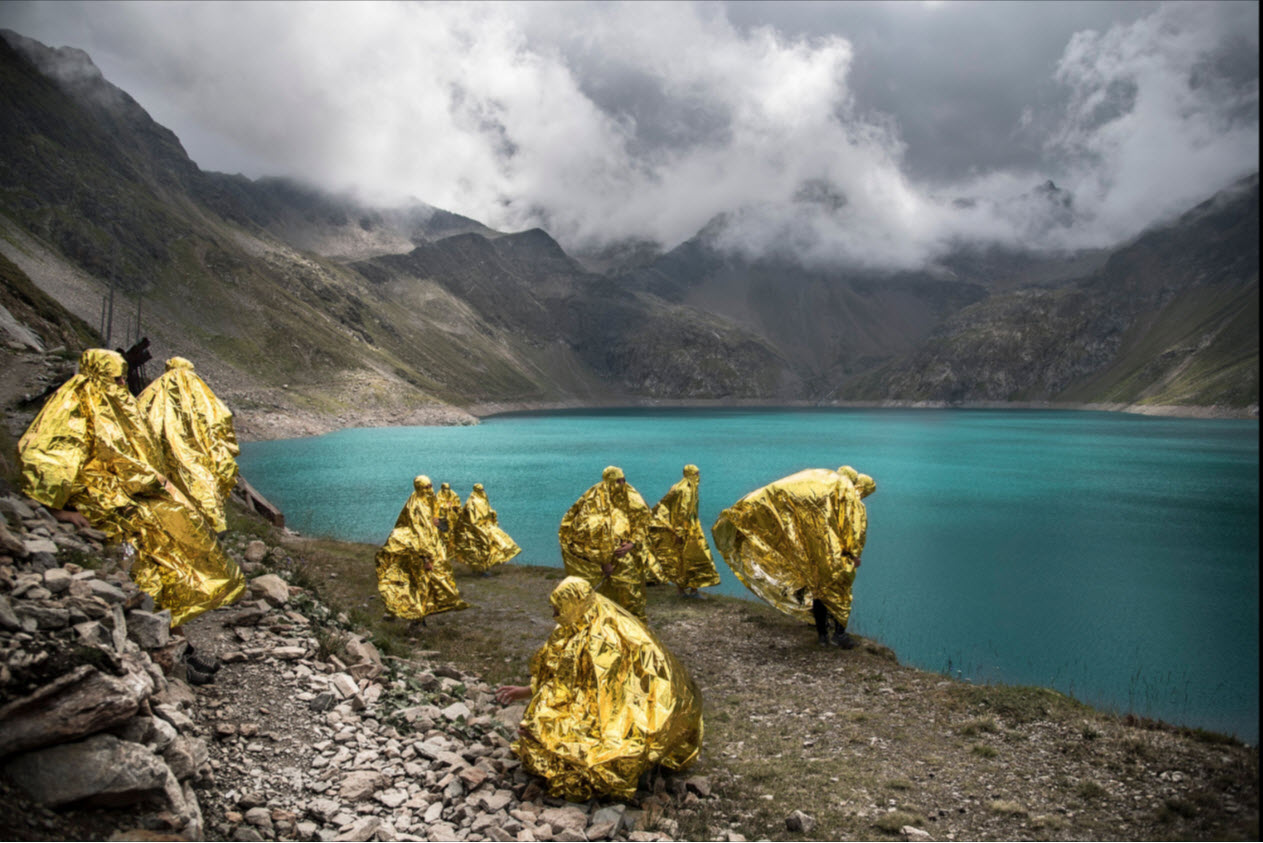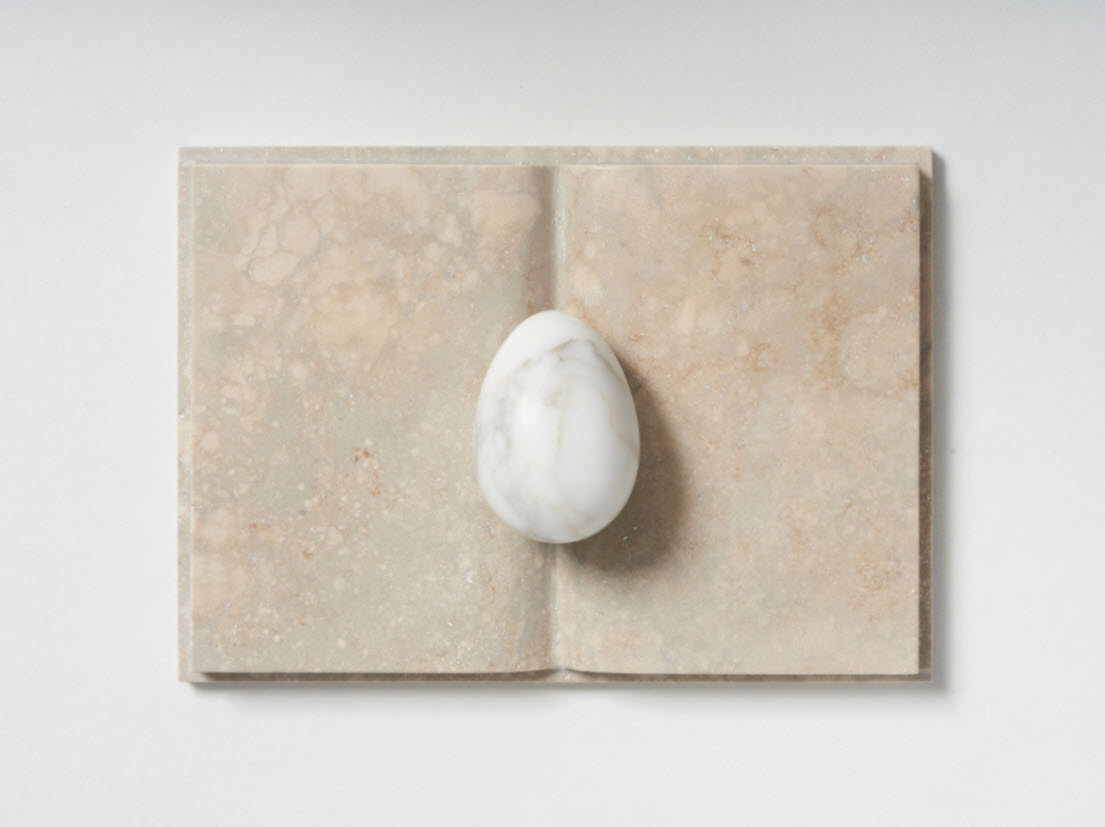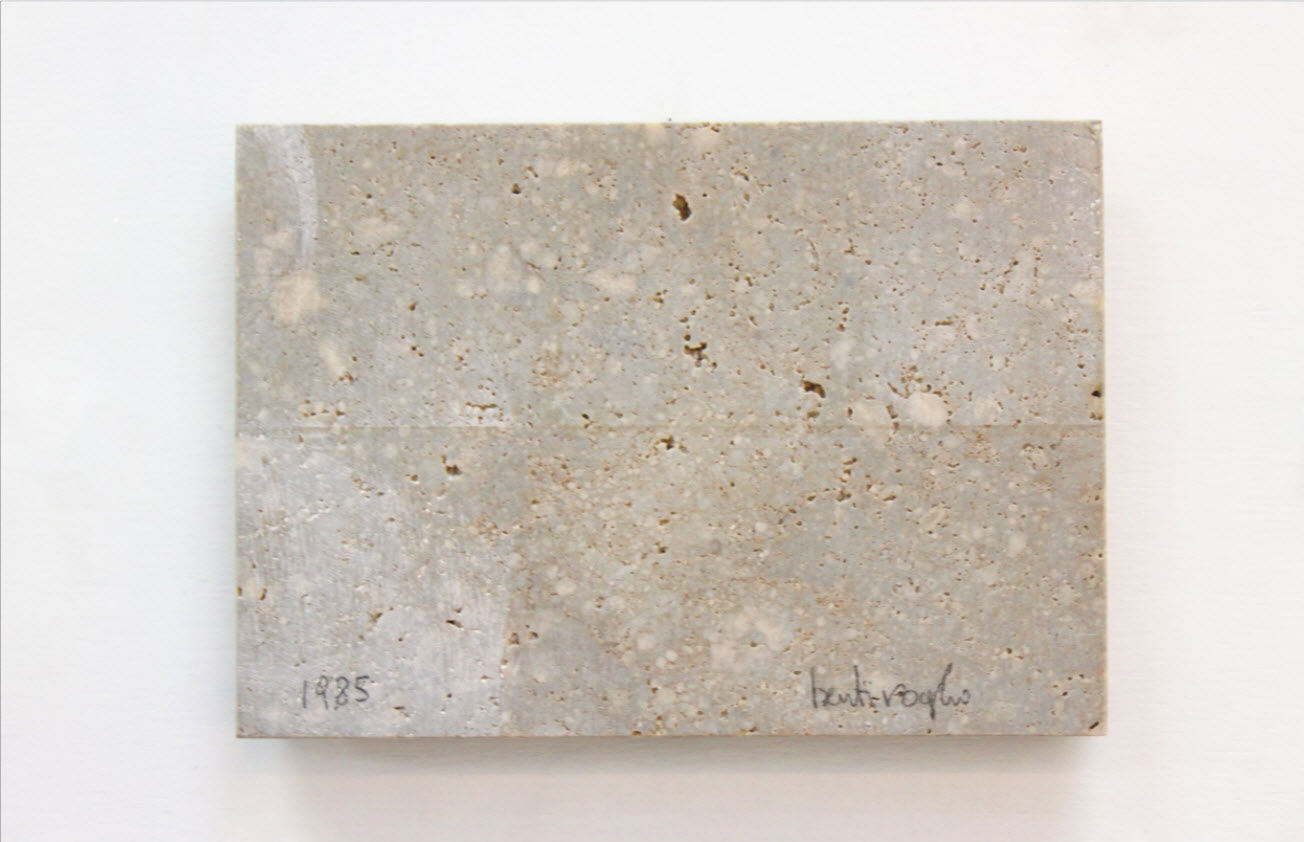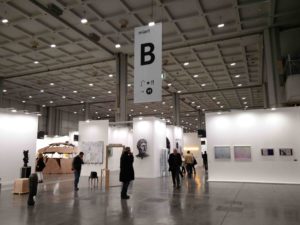 www.miart.it
www.miart.it
11 – 13 September 2020
Preview 9 – 10 September 2020
Light and heavy emergent artworks
Landscapes, Architecture and other Spaces in the contemporary section
Impressions of the masters section
Initially this year’s Milanese art fair was only postponed, due to the corona-crisis. However, in July the announcement came that the edition 2020 will be only held online. Besides the difficulties to replace such a live event by a digital platform, there are still some advantages: the access was free of charge after registration, the opening time was extended and at least it was possible to visit the show in sanitary safety from wherever you wanted.
The miart digital in practice
In the given circumstances, it was a slimmed version, since there were only two months’ time to prepare everything. Nonetheless, there were 133 national and international exhibitors in the traditional sections: Masters, Contemporary, Emergent, Design and Edition & Magazine. Alas, the habitual segments Decades, Generations and On Demand were dropped. Instead, the participating galleries gave curatorial information under the title “Insight”. By the close cooperation with the Comune di Milano – Cultura, the details of the activities during the Milano Art Week – which was held in parallel and in form of physical venues – were provided under “Events”.
But how was it, to visit the virtual art fair in practice? Once entered into the online exhibition one had to decide how to organise the tour. One possibility was to go through the alphabetical list of all exhibitors and stop randomly somewhere. Another one was to scroll the grid of images of almost 1.800 artwork photos. We decided to take a third way and passed within the sections by another alphabetical list of galleries. Here the advantage was a preselection with regard to the personal preferences. Now it is time to have a closer look at the “booths”, which were curated as usual by the galleries.
Even though, the layout options were limited, the hosts exploited the platform in different ways. Some presented a selection of various artworks from different artists, other showed solo or double solo shows. Sometimes it was almost imaginable how a physical stand might have looked like and the artworks would have communicated with each other. Besides the imaginary content, the given supplemental information varied. A couple of galleries contented themselves with the usual specifications of artist, title, year, size and media. Others added extras like installation photos, details or close-ups to illustrate the materiality of the objects. Sometimes there were even small videos available. Still others enclosed artist CV’s or a curatorial text about the oeuvre, not to forget several elaborated “Insights” about the presented artists or their exhibitions.
As in real art fairs, several galleries “brought” their classics to the show. That is even more true for the section “Masters”, since the bigger part of the here attended exhibitors represent artists from the 20th century. Some of the contemporary galleries have also established artists, but there are naturally more new discoveries to do. In the section “Emergent” are not only galleries at the beginning of their existence, also the artists are often less known. The exception proves the rule. Accordingly, we first glance at the emergents.
Light and heavy emergent artworks
Here, the apparently free-floating sculptures by Andrés Pereira Paz at the Crisis Galeria attracted our attention, just as the sometimes light and sometimes heavy works by Petra Feriancová at Gilda Lavia. Additionally, the painting “French Fries” by Paula Kamps at M. Le Blanc is worth a closer look. The title giving French Fries are presented self-luminous in a group of actors, like the Child Jesus in the crèche in several Baroque-paintings.
Landscapes, Architecture and other Spaces in the contemporary sectionIn the section contemporary, Chert Lüdde took the circumstance particularly serious that this edition of the miart was only digital. They presented the project “Public Access” by David Horvitz has its origin in an intervention on the internet encyclopaedia Wikipedia. He uploaded photos of self-portraits shot at different parts of the American coast to the corresponding articles at the portal. His gallery at the miart digital didn’t content itself to display the 48 photos and the Wikipedia article print-outs, but uploaded 12 images per day at the first four days of the show. In consequence, the viewing room changed by the time and the attentive visitor would have noticed and questioned this practice.
The most other approaches aimed to more “analogue” artworks. For example, the Galleria Fumagalli had chosen artworks pointing at spaces. Peter Welz’s “Staircase | Casa Malaparte” shows an ambiguous architecture. For his seemingly desert landscapes Filippo Armellin creates them himself in his studio before taking the photo. Whereas Per Barclay (Francesco Pantaleone Arte Contemporaneo) converts architectural spaces into poetic installations. Peter Wuethrich (Fumagalli) intervenes also in the environment. However, in “Angels of Venice” he does not work directly with the Venice atmosphere, but adds books to people. At Kadel Willborn, Inge Mahn de-contextualises architectural elements or everyday objects and assembles them to astonishing compositions. They are a reflexion on relationships and social sphere in context with art. Whereas Inge Mahn’s boots are more or less hidden by the superposed column, Lilian Bourgeat’s ones are striking due to their larger-than-life size but also by the colour and the hyperrealism (Galerie lange + pult). There were more interesting works in this section, such as: Impressions of the masters sectionAnd finally some impressions from the section masters, with some older and some younger artists.
To conclude is to say that naturally the experience of the digital miart is very different. Without the physical contact to the artworks and exhibitors, one might tend to scroll the lists or grids or to visit only single selected galleries. If one took the time to have a closer look, there were discoveries to make and deepen the impressions by the additional information of the galleries and this without carrying tons of paper around. Similarly, the organisers of the miart appeared satisfied in their review. Hopefully, next year it will be possible to take adventure of both formats of the art fair, physical and digital.
